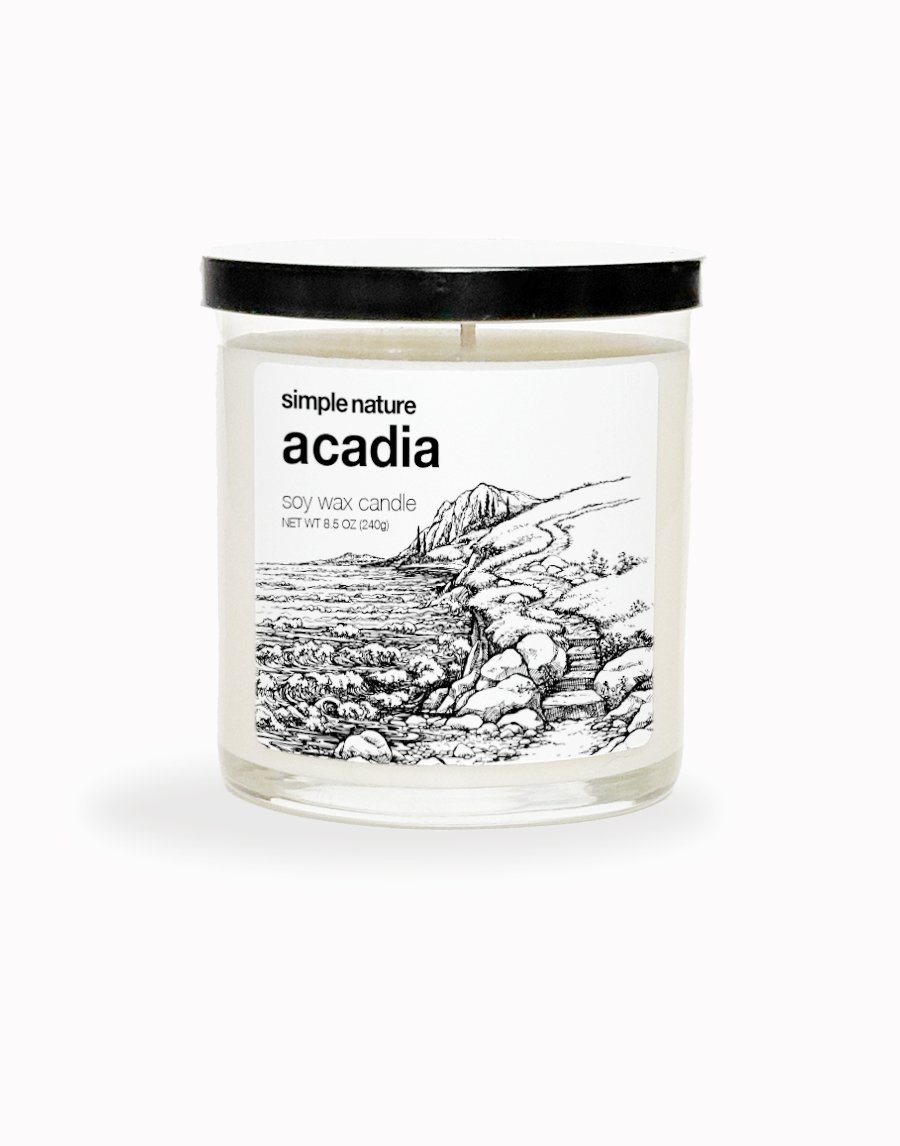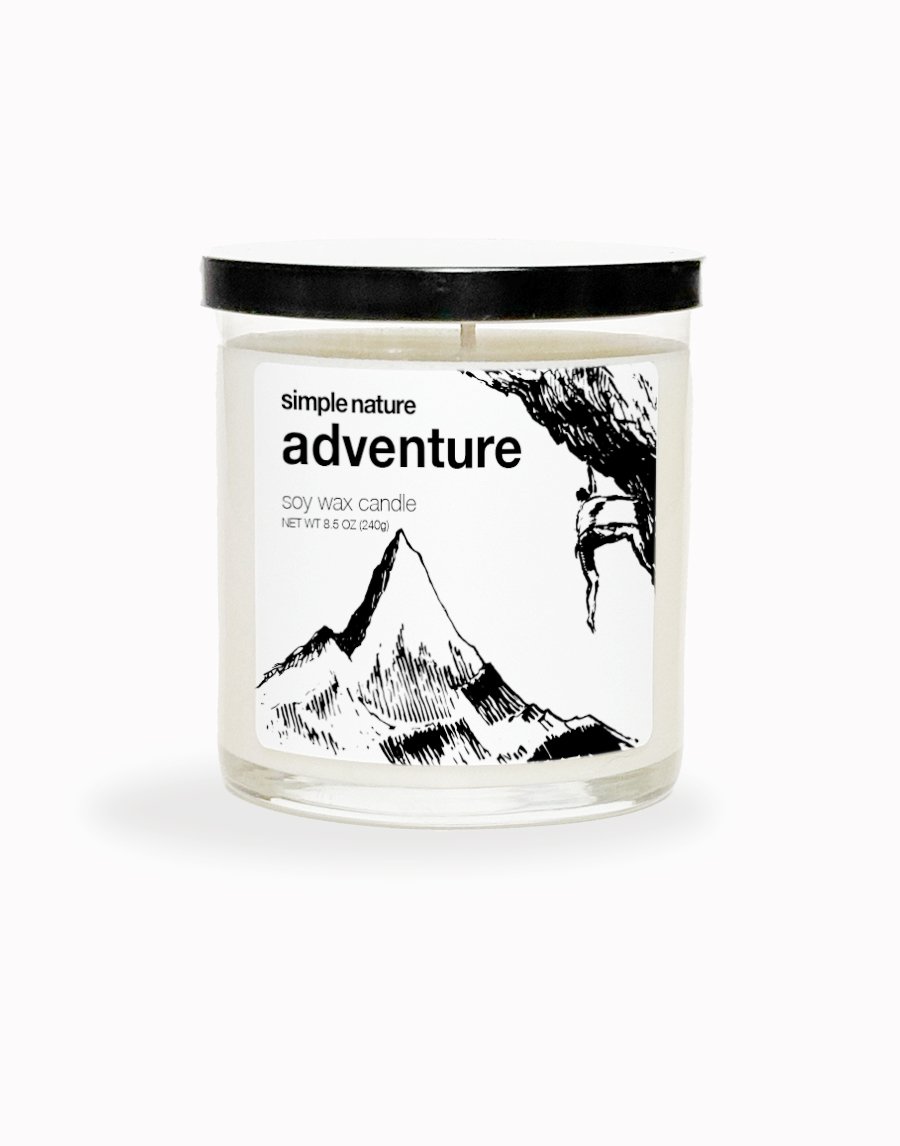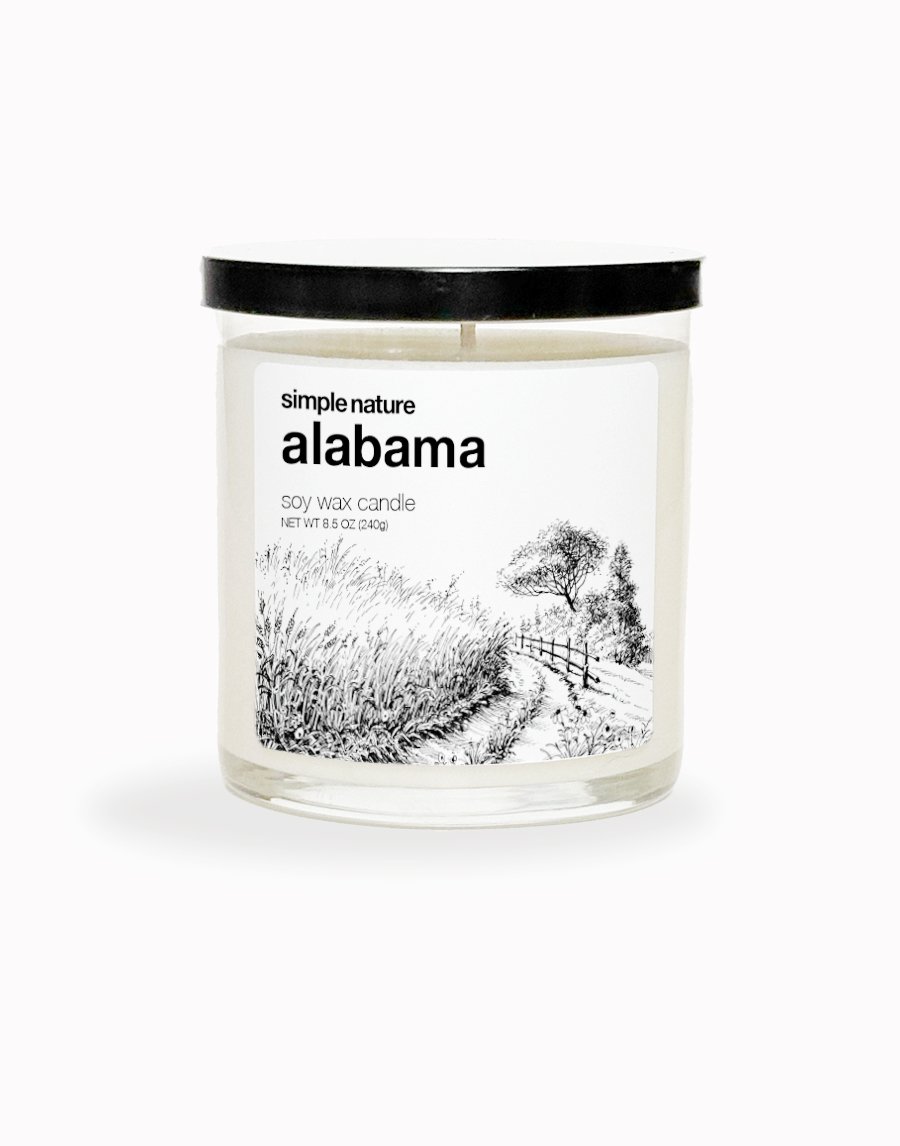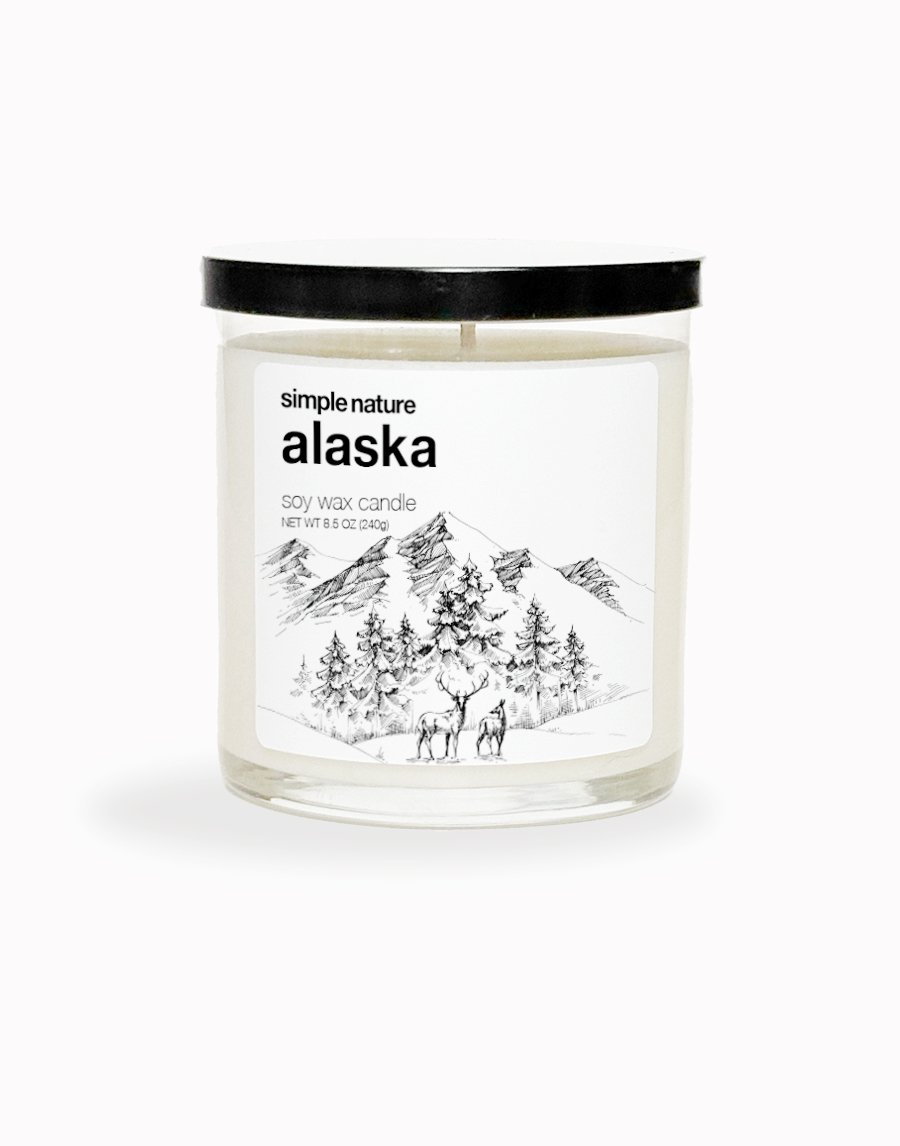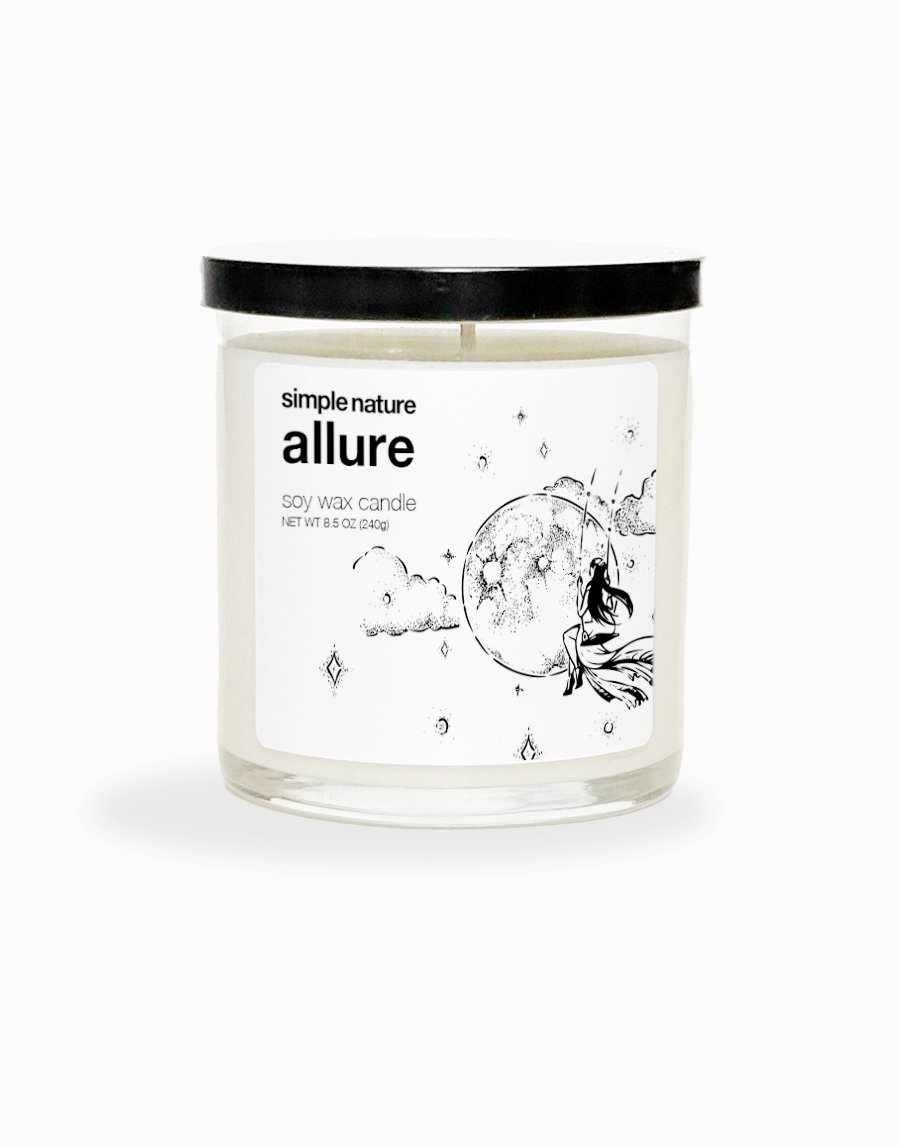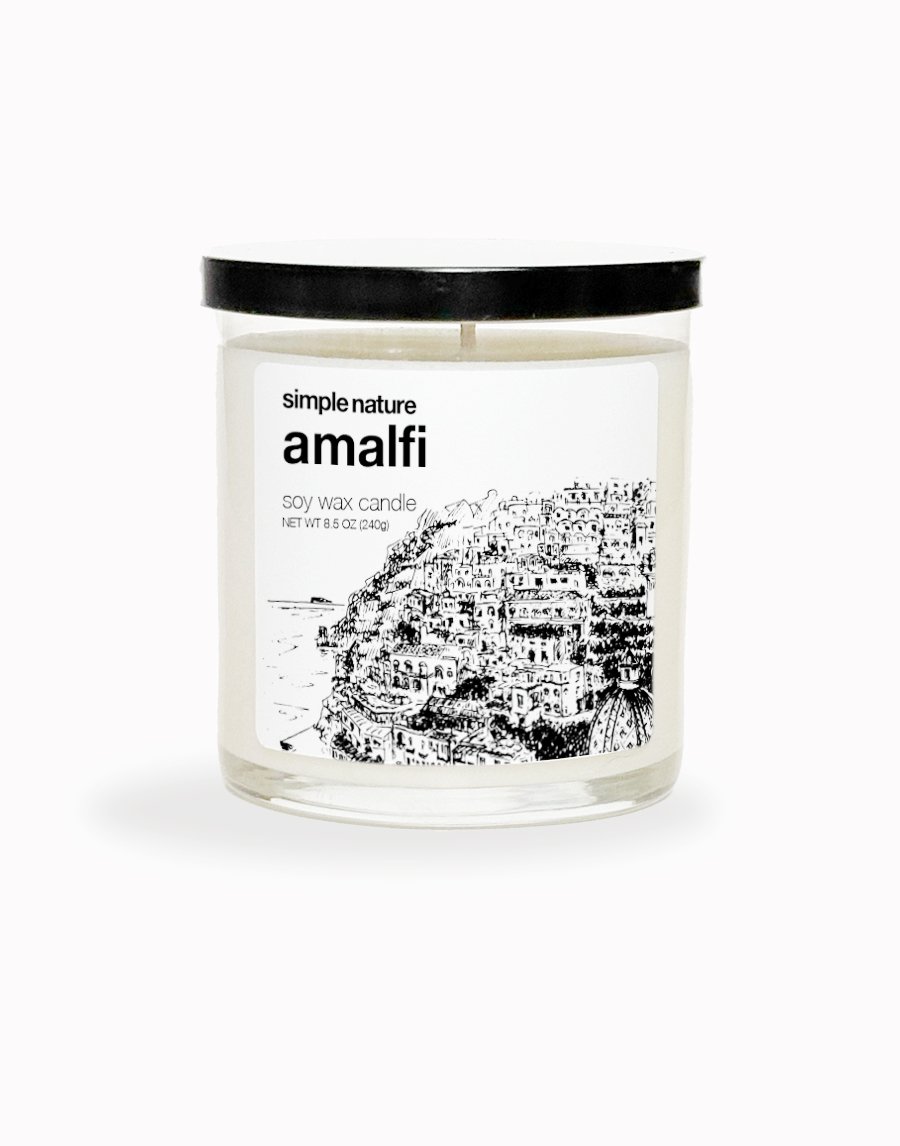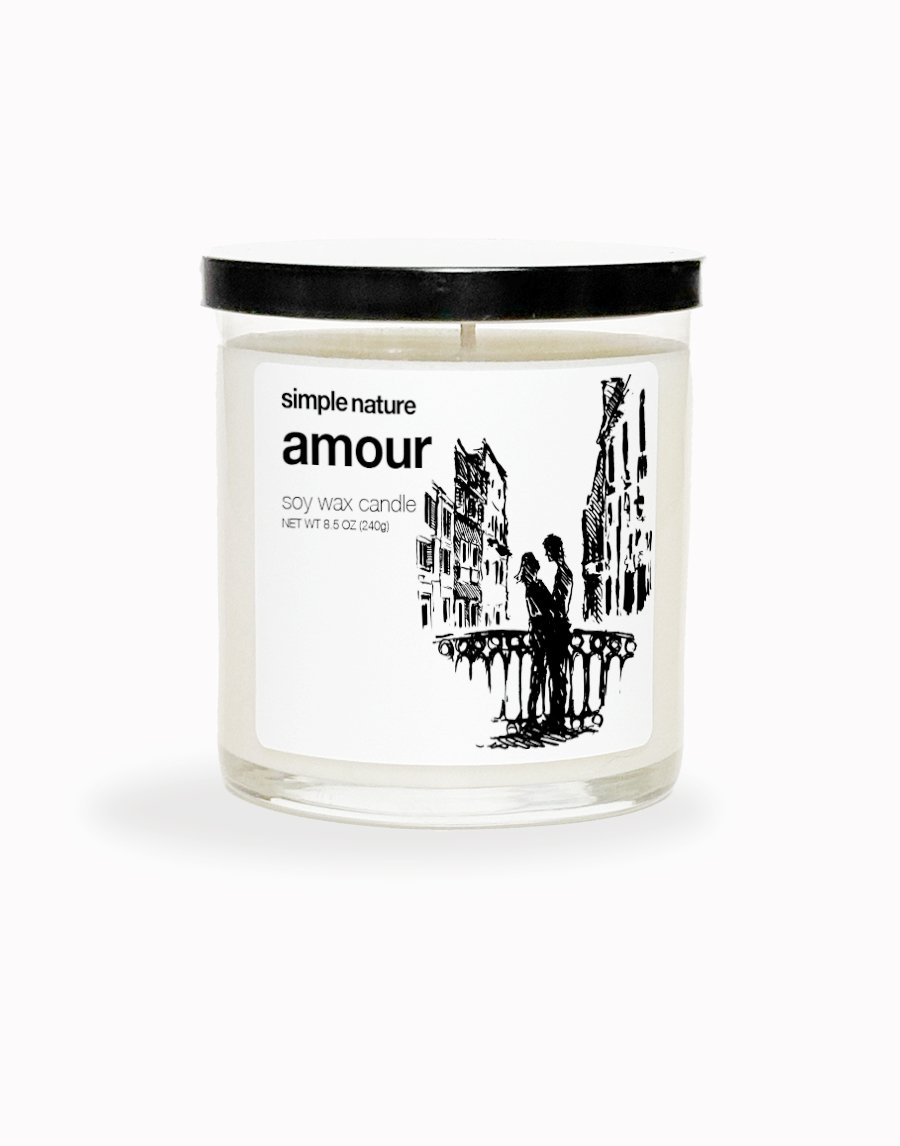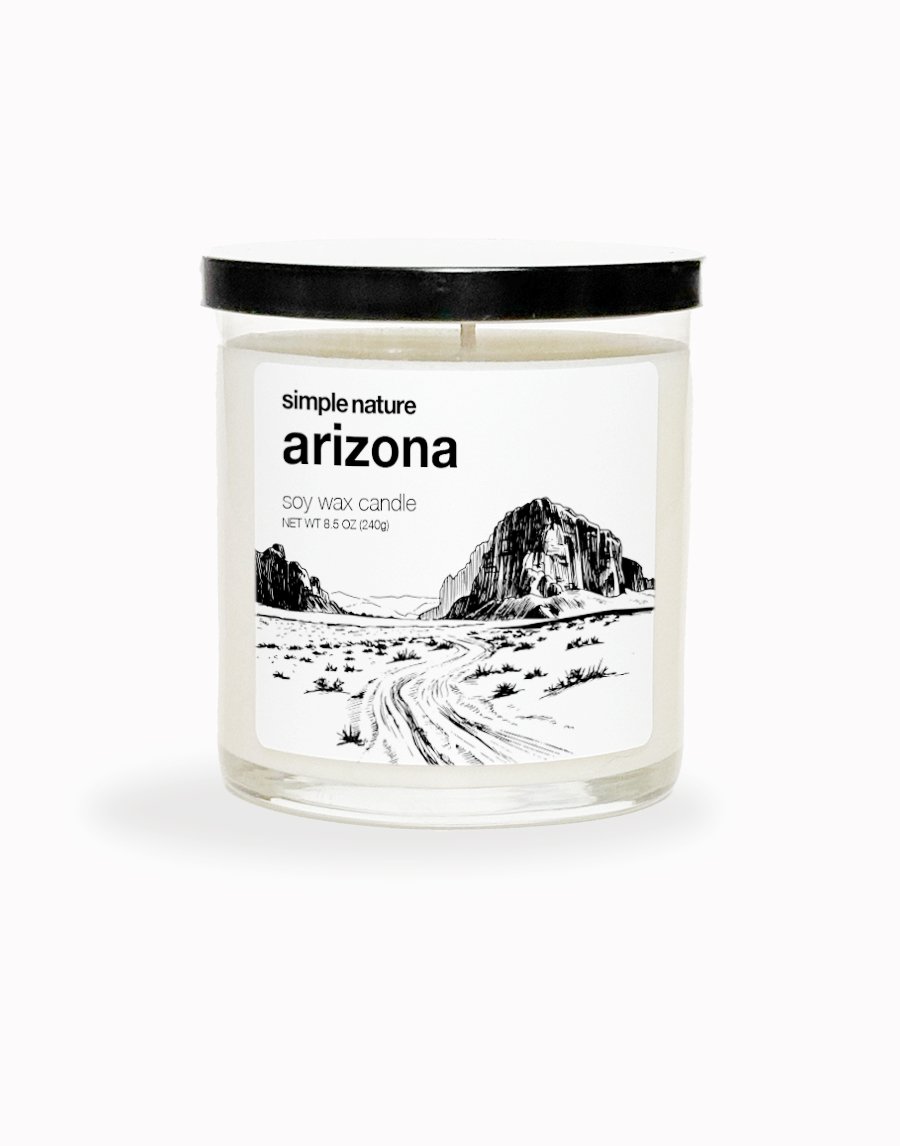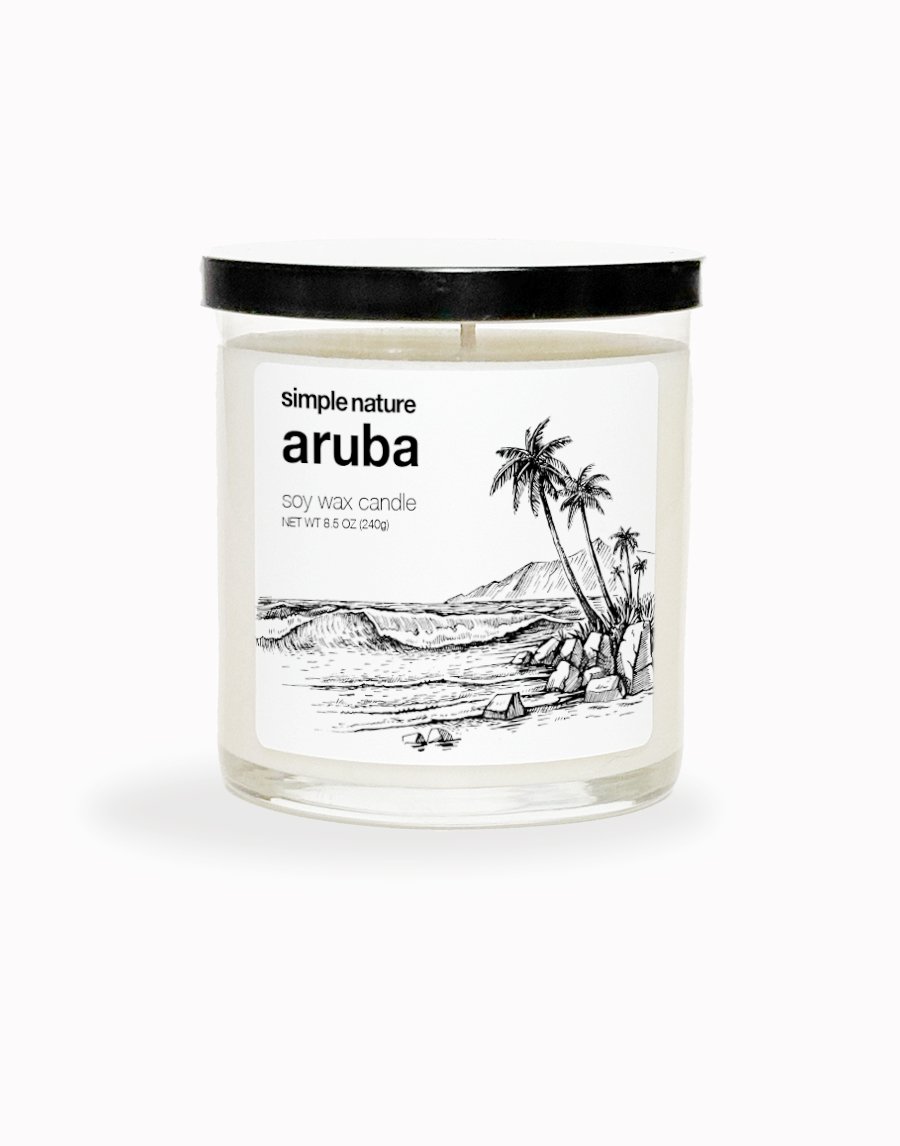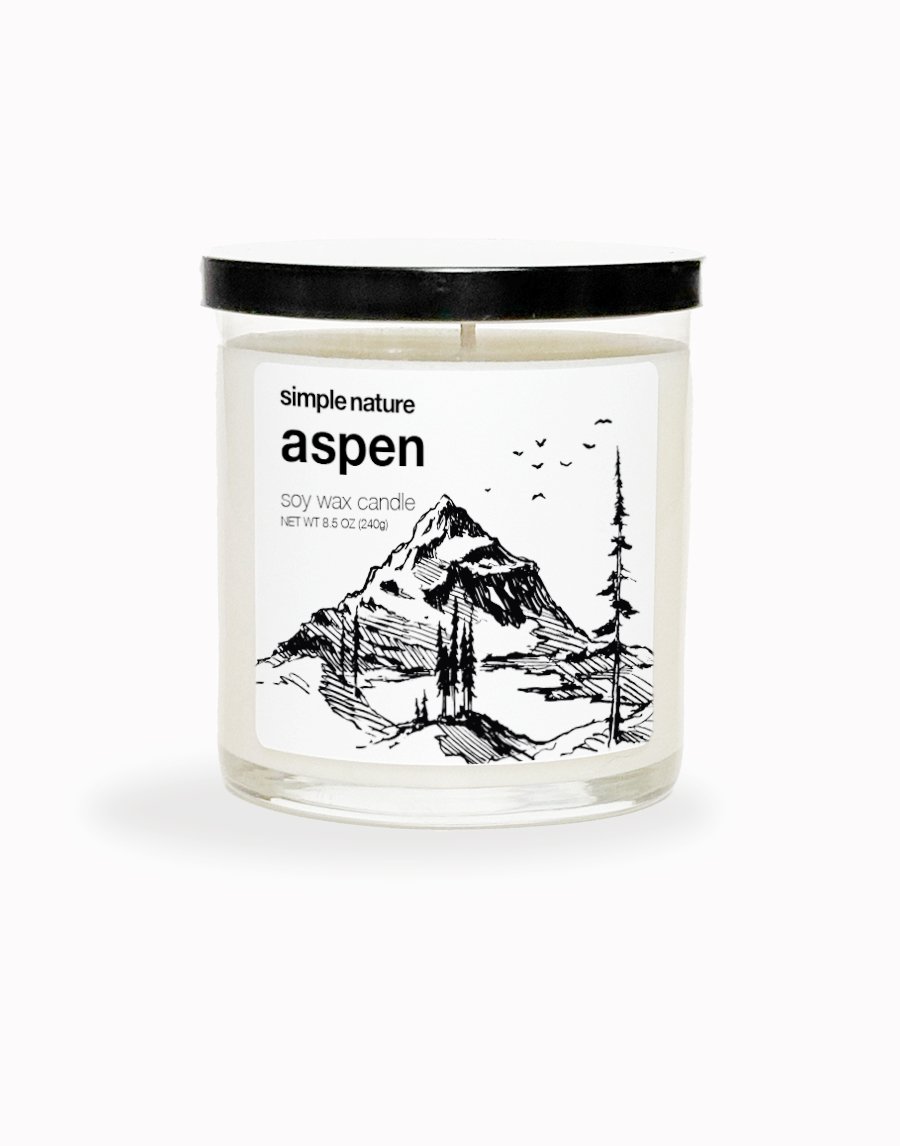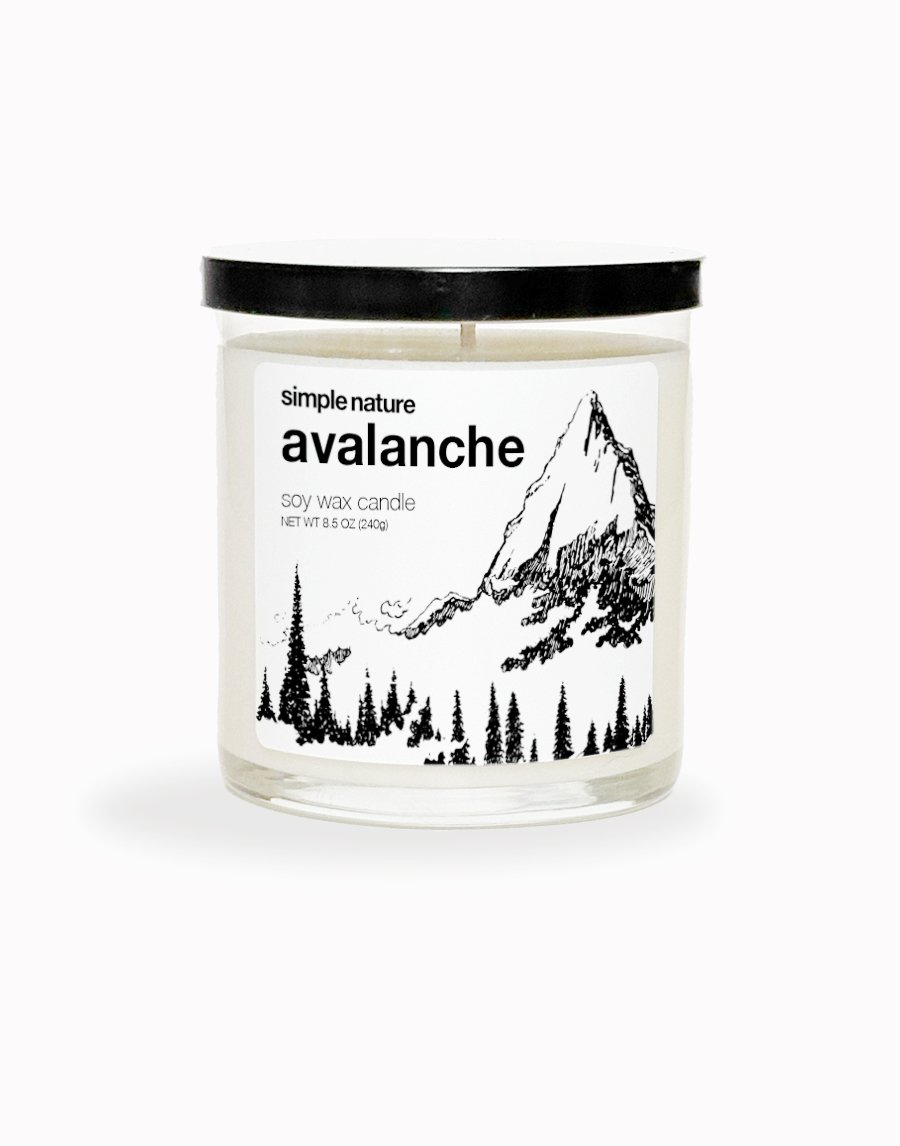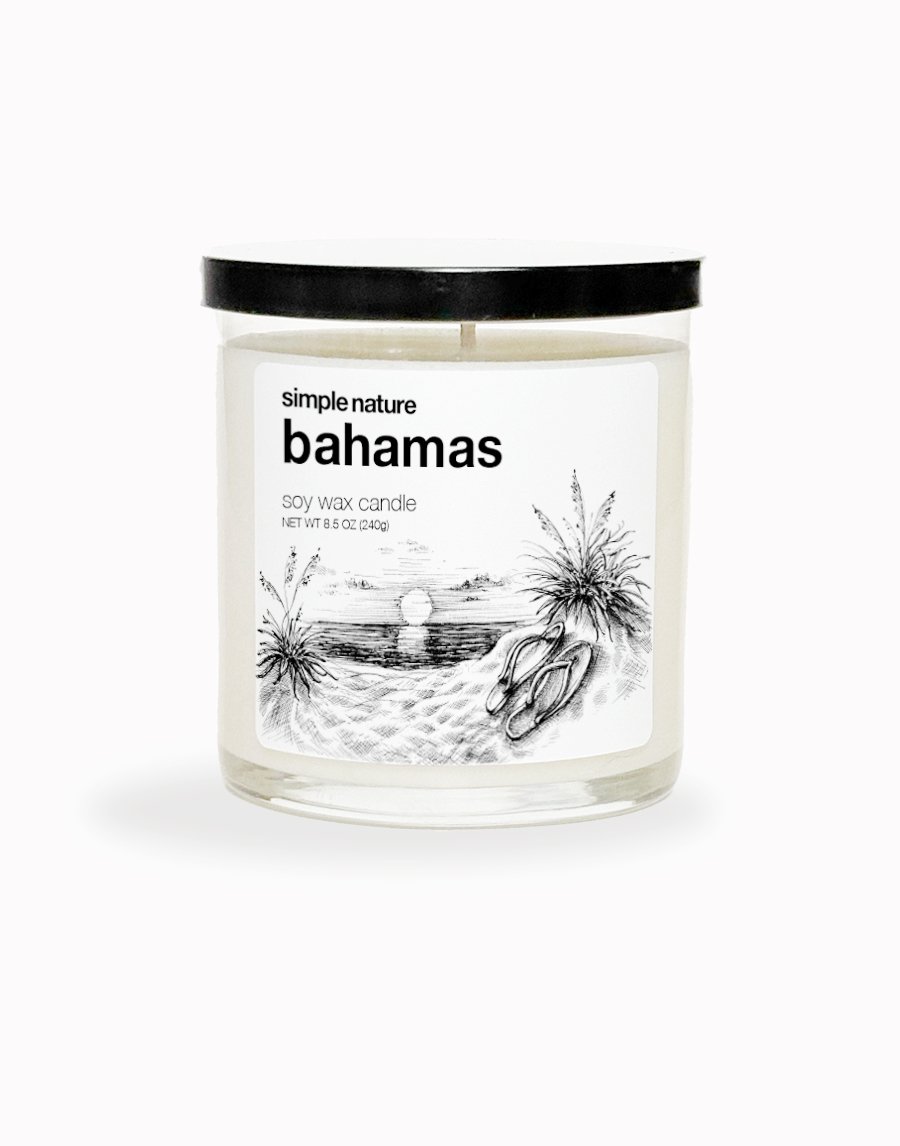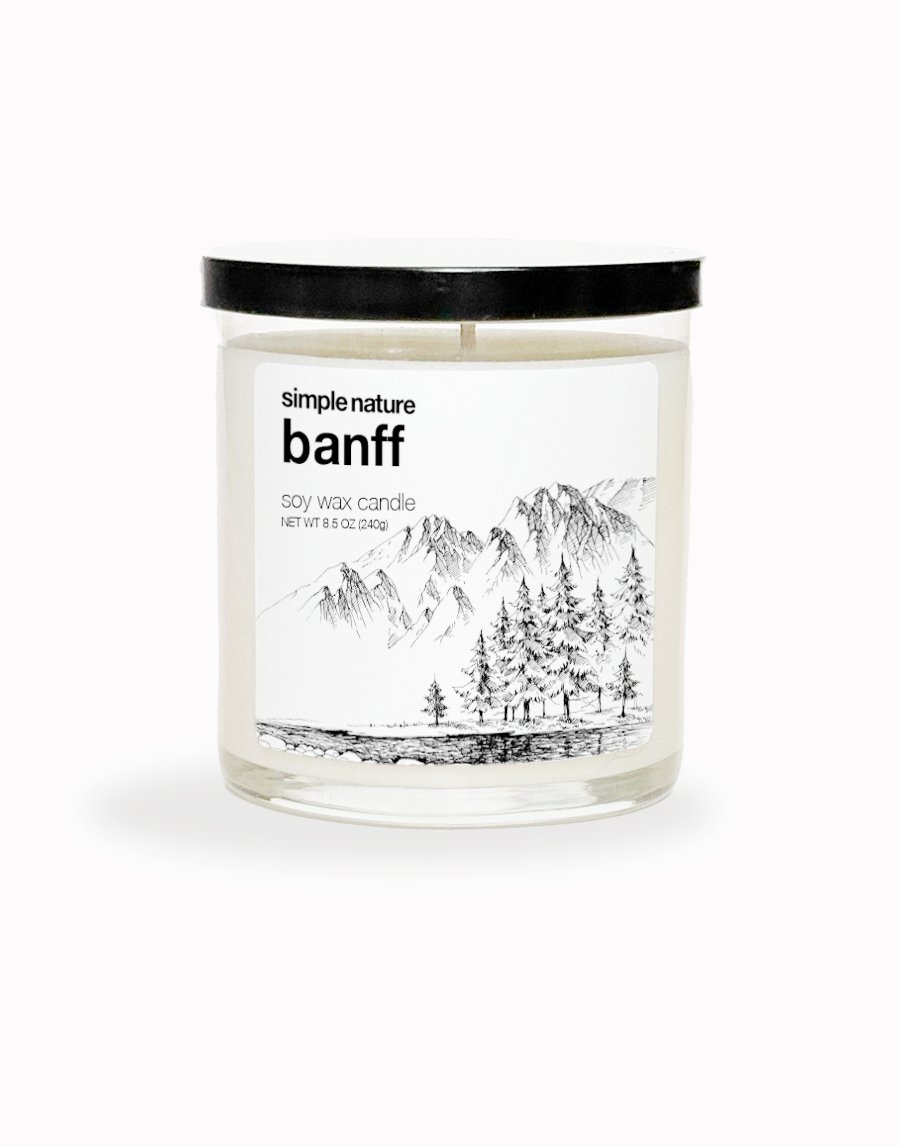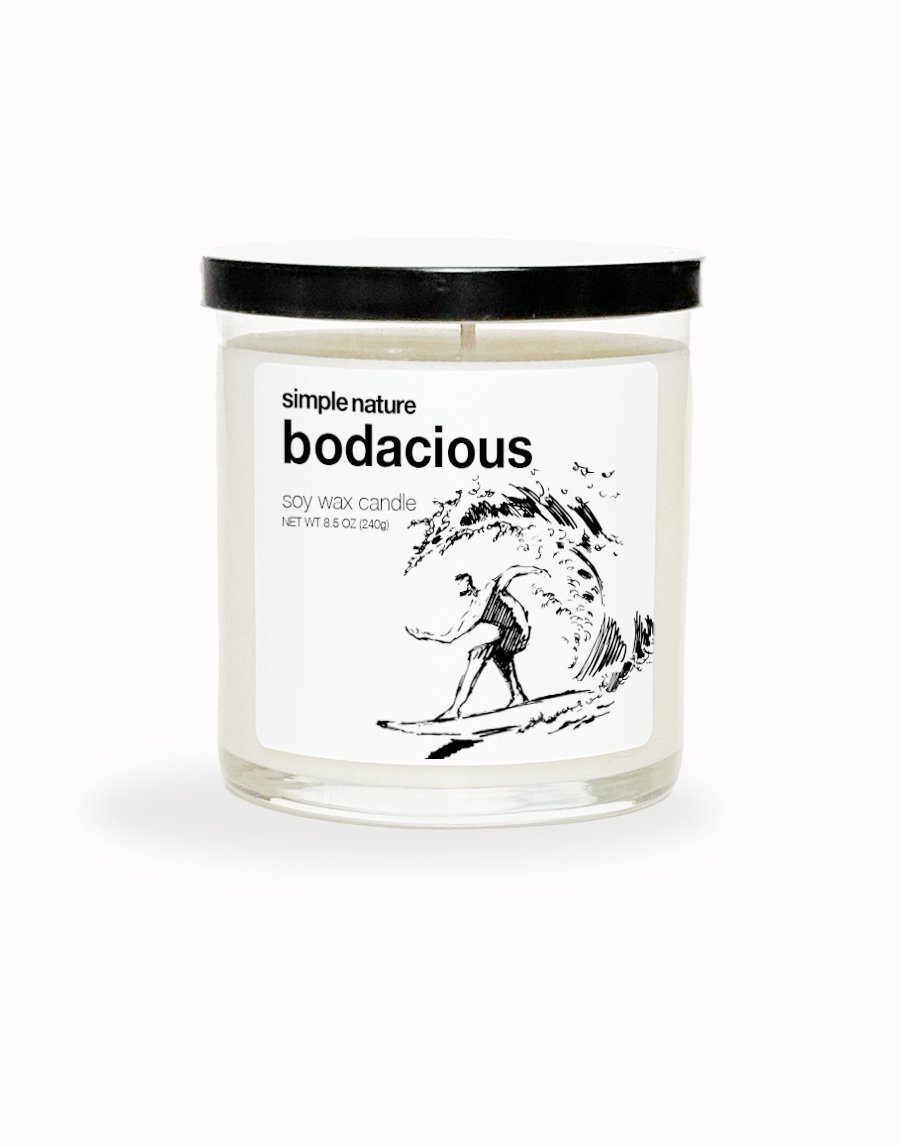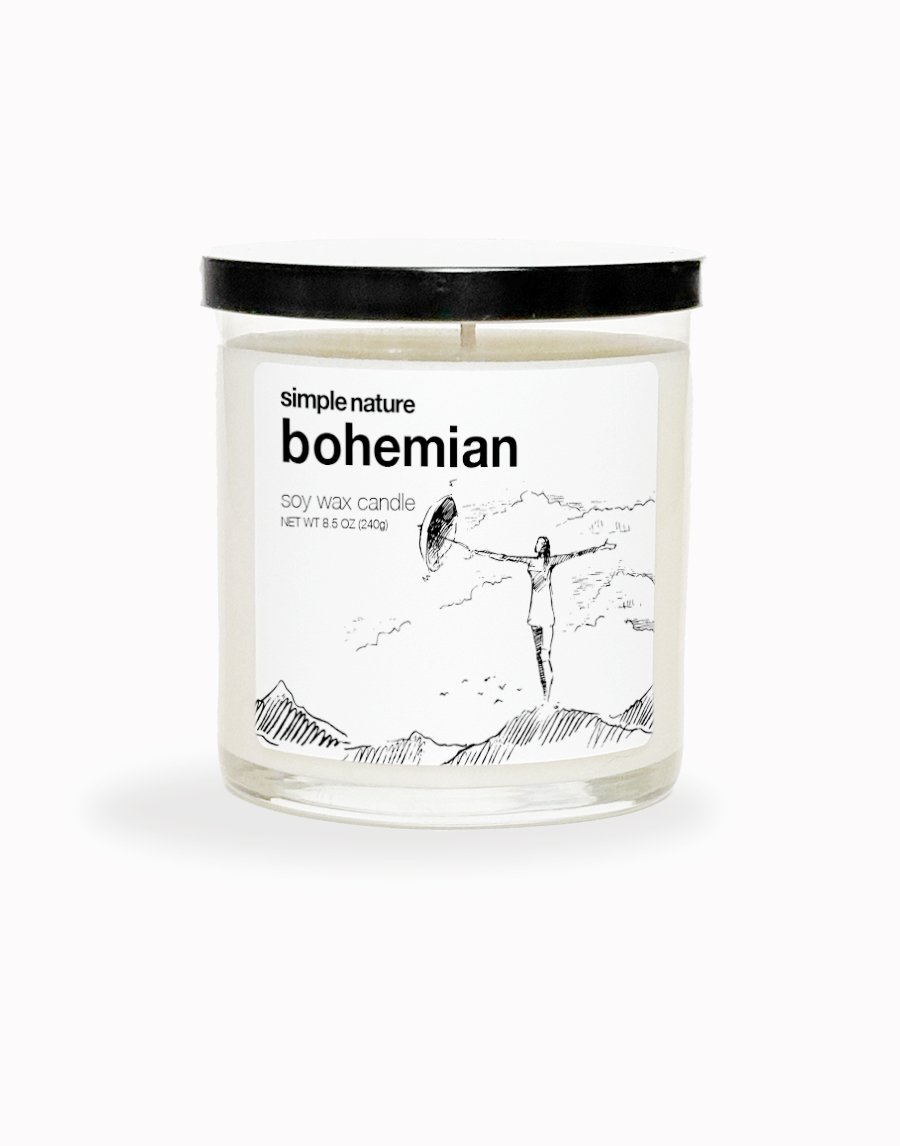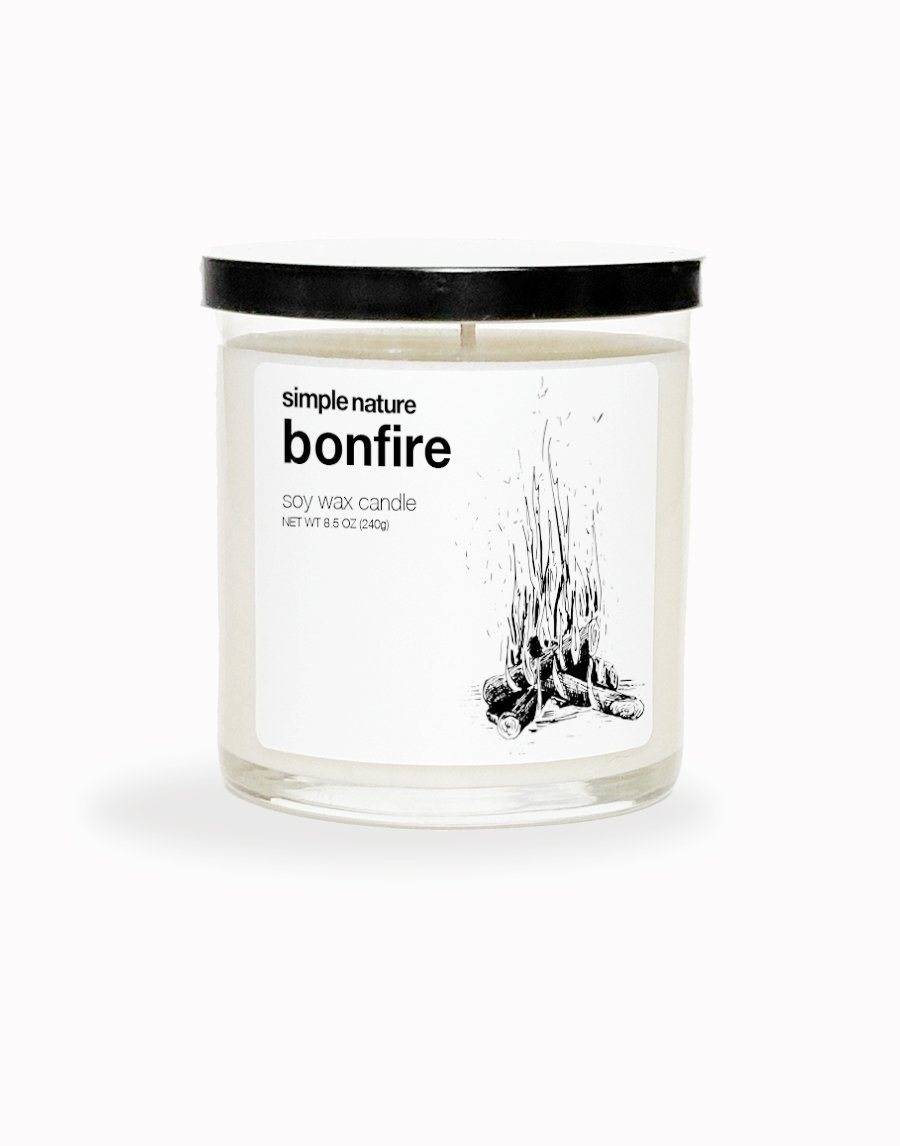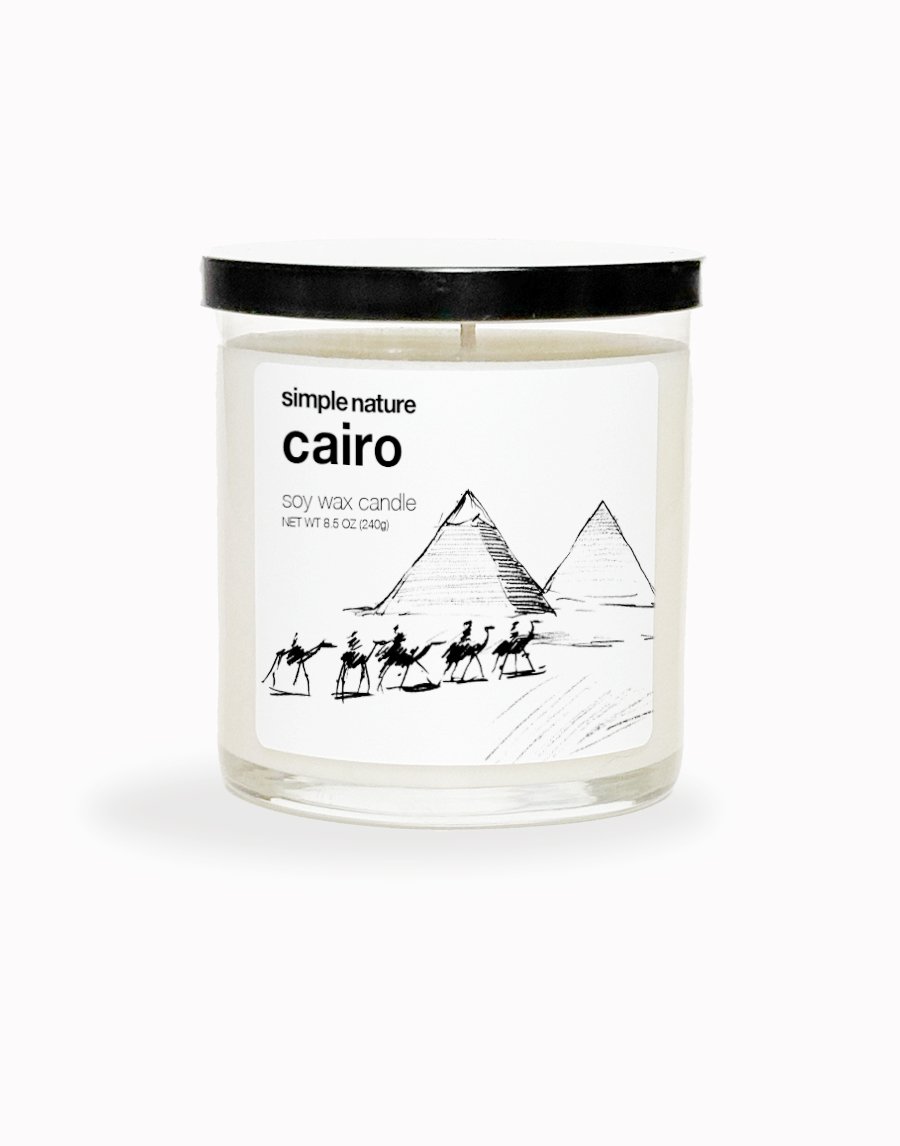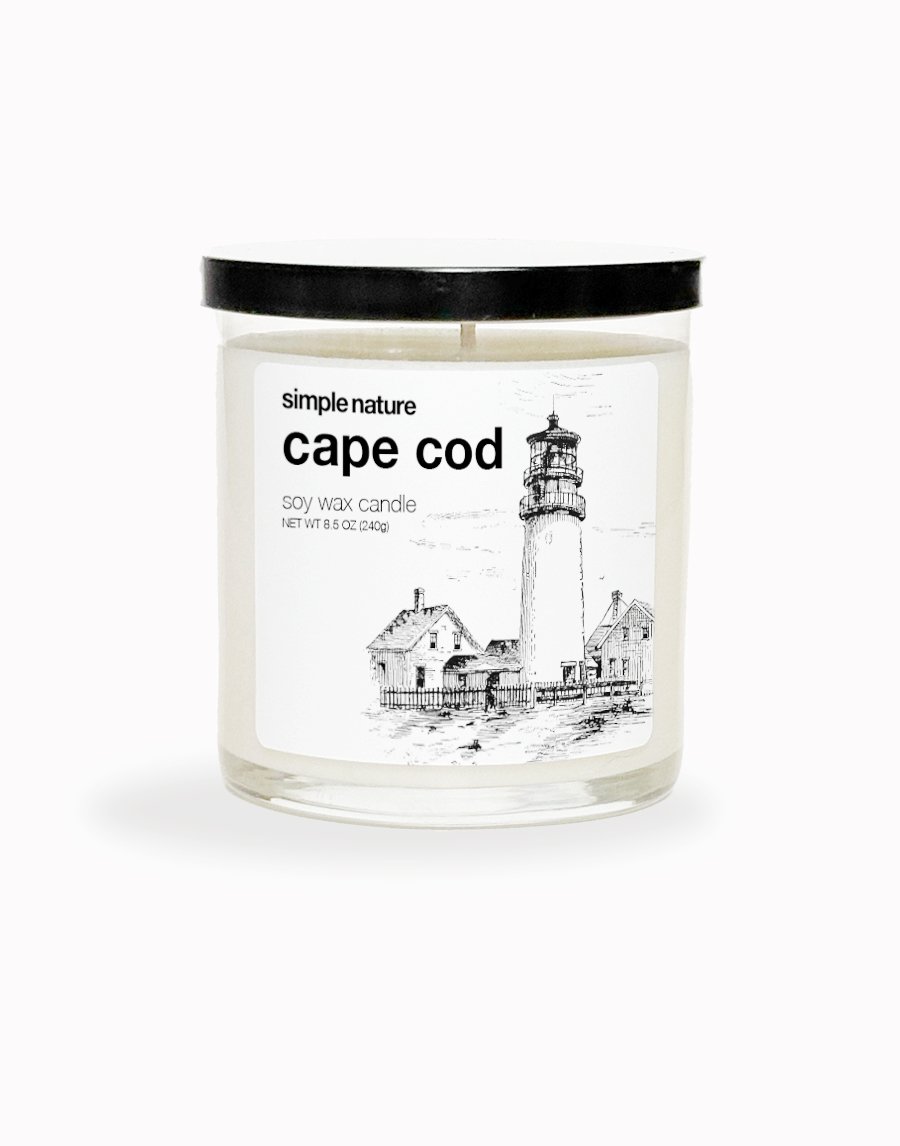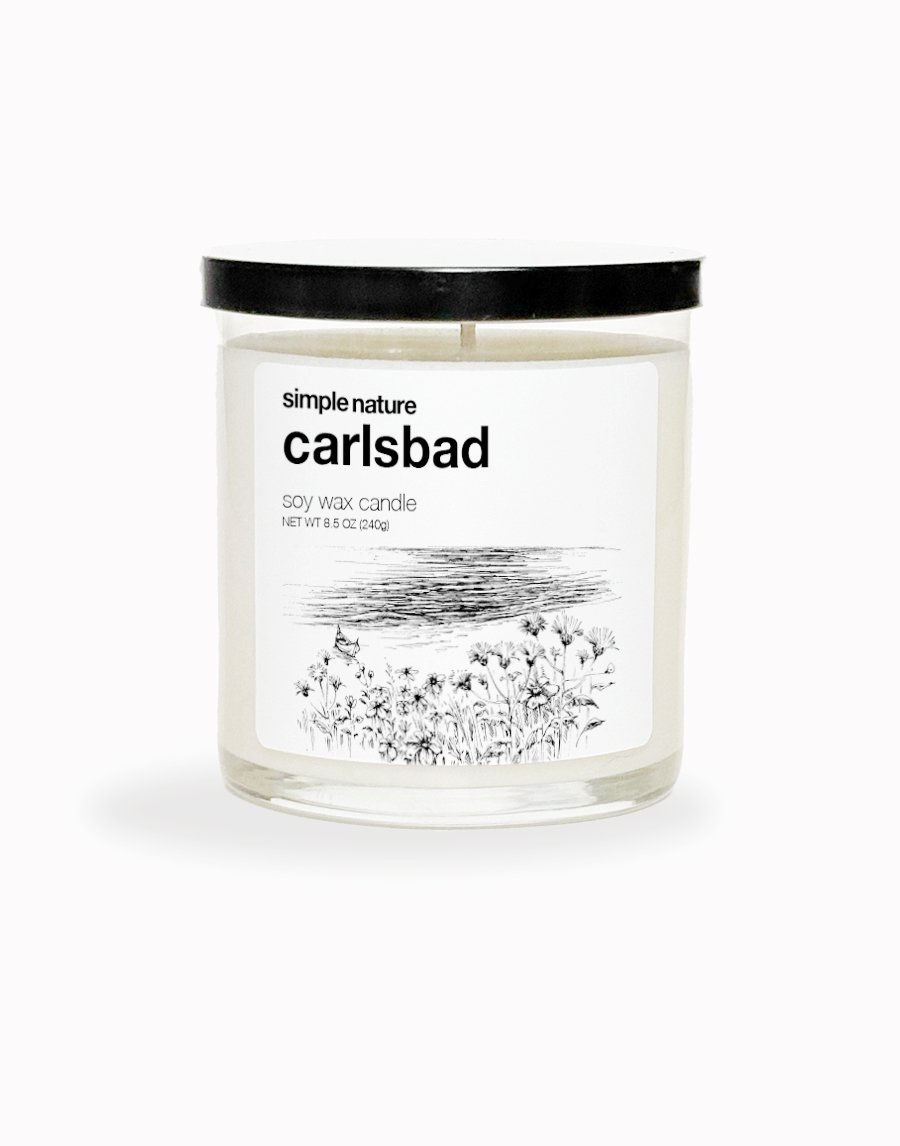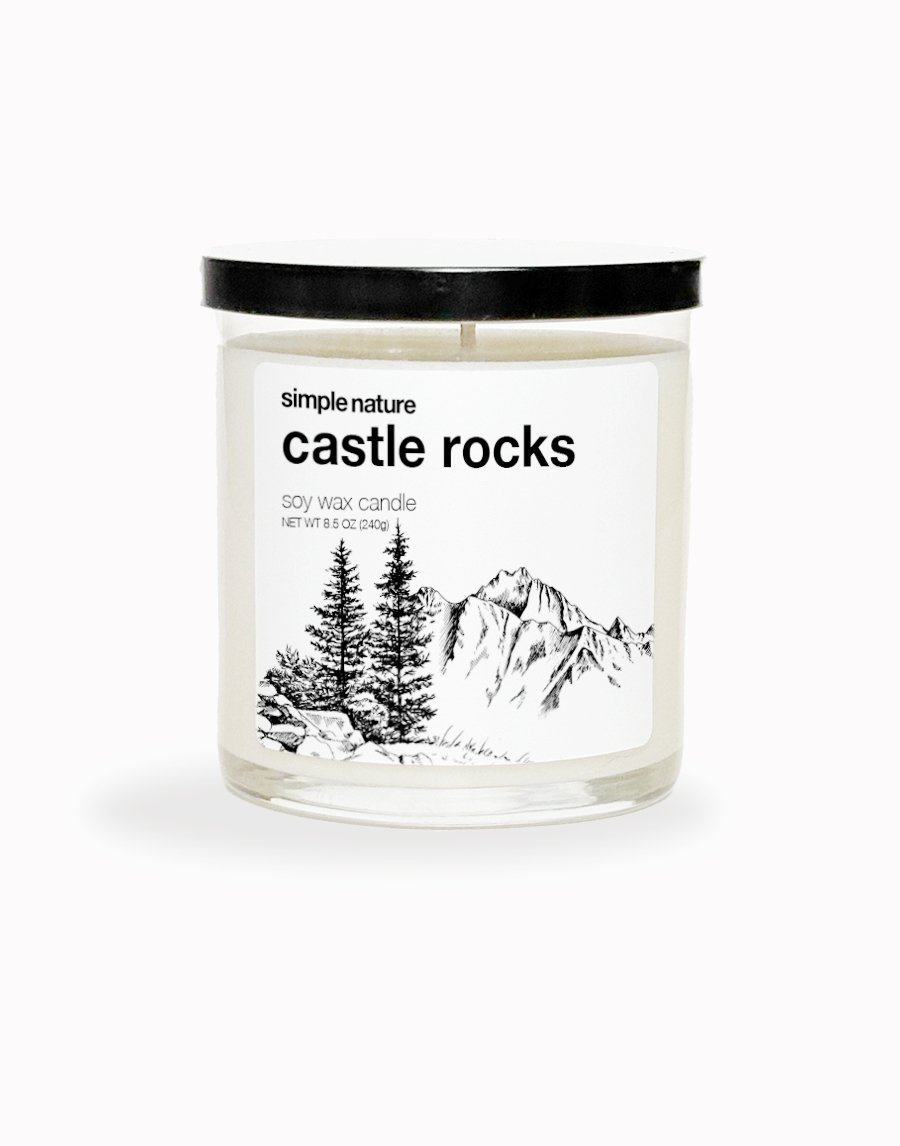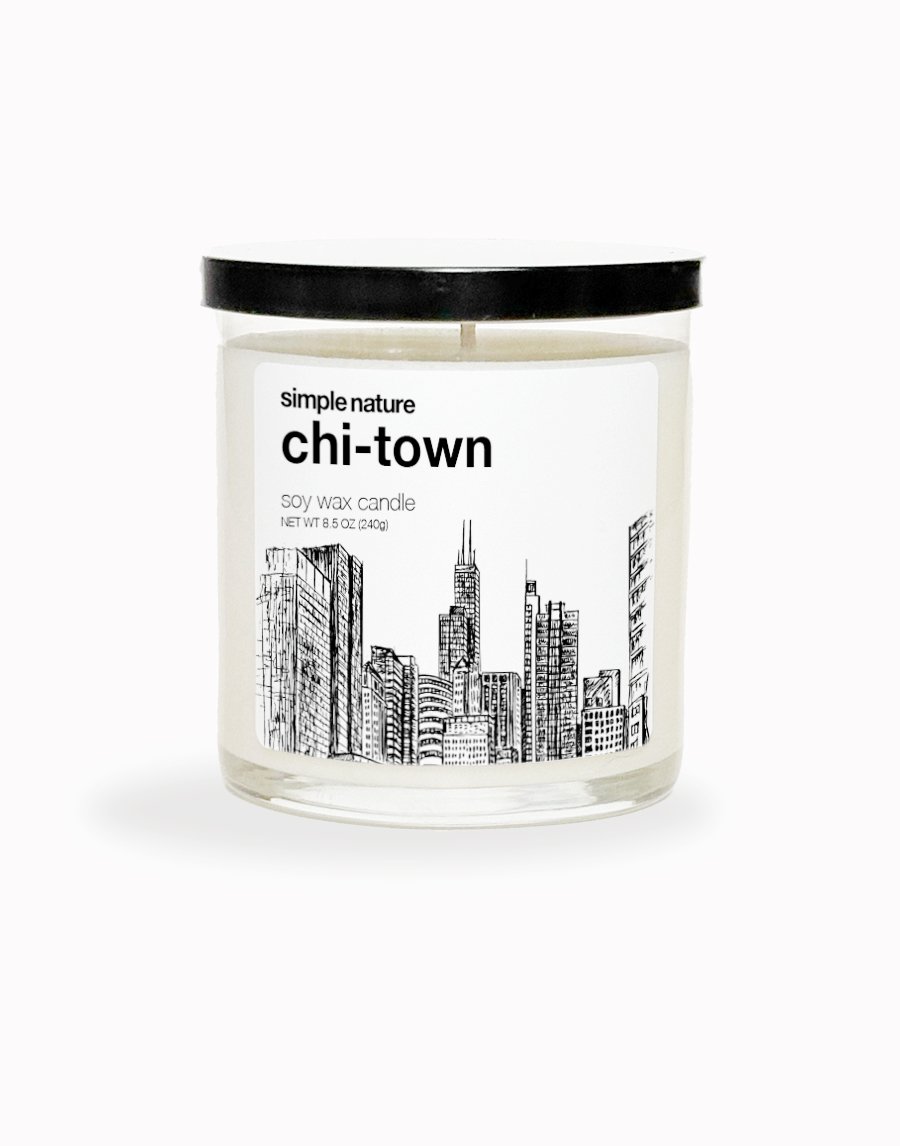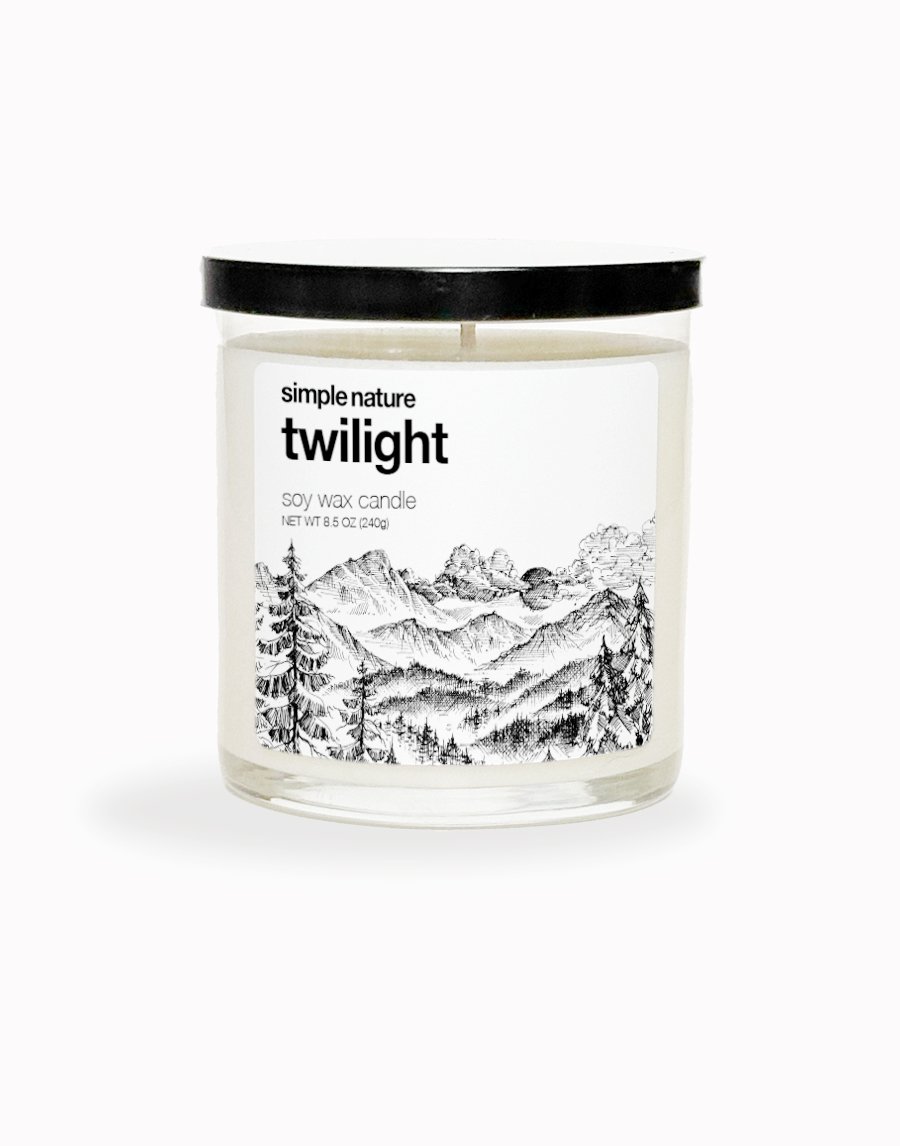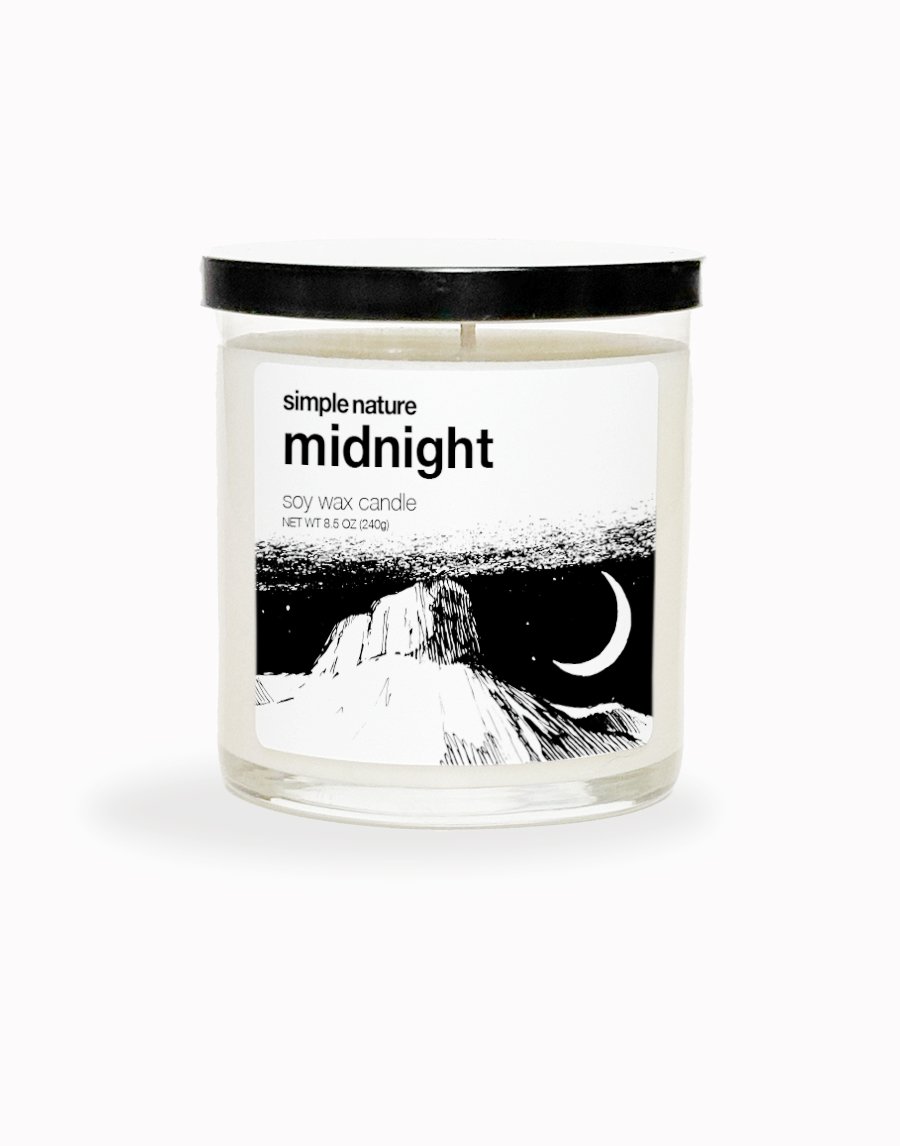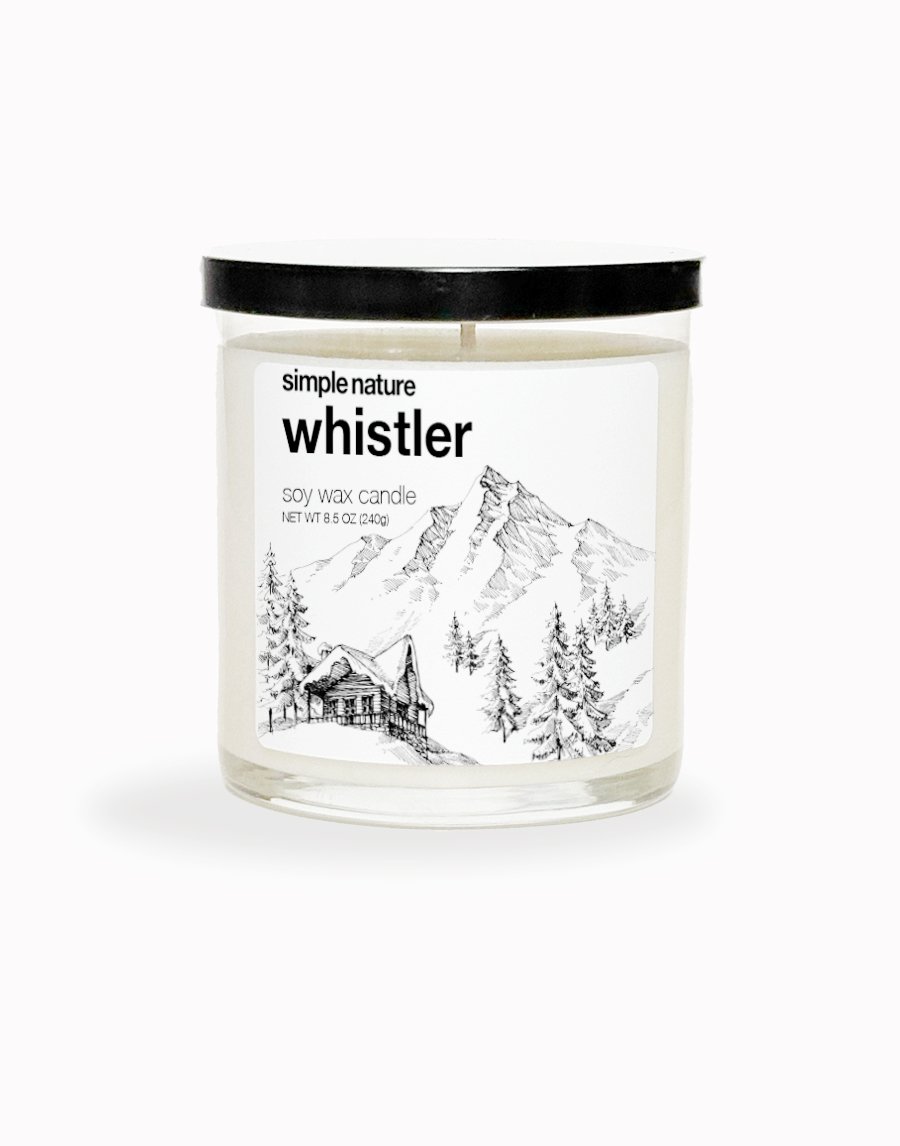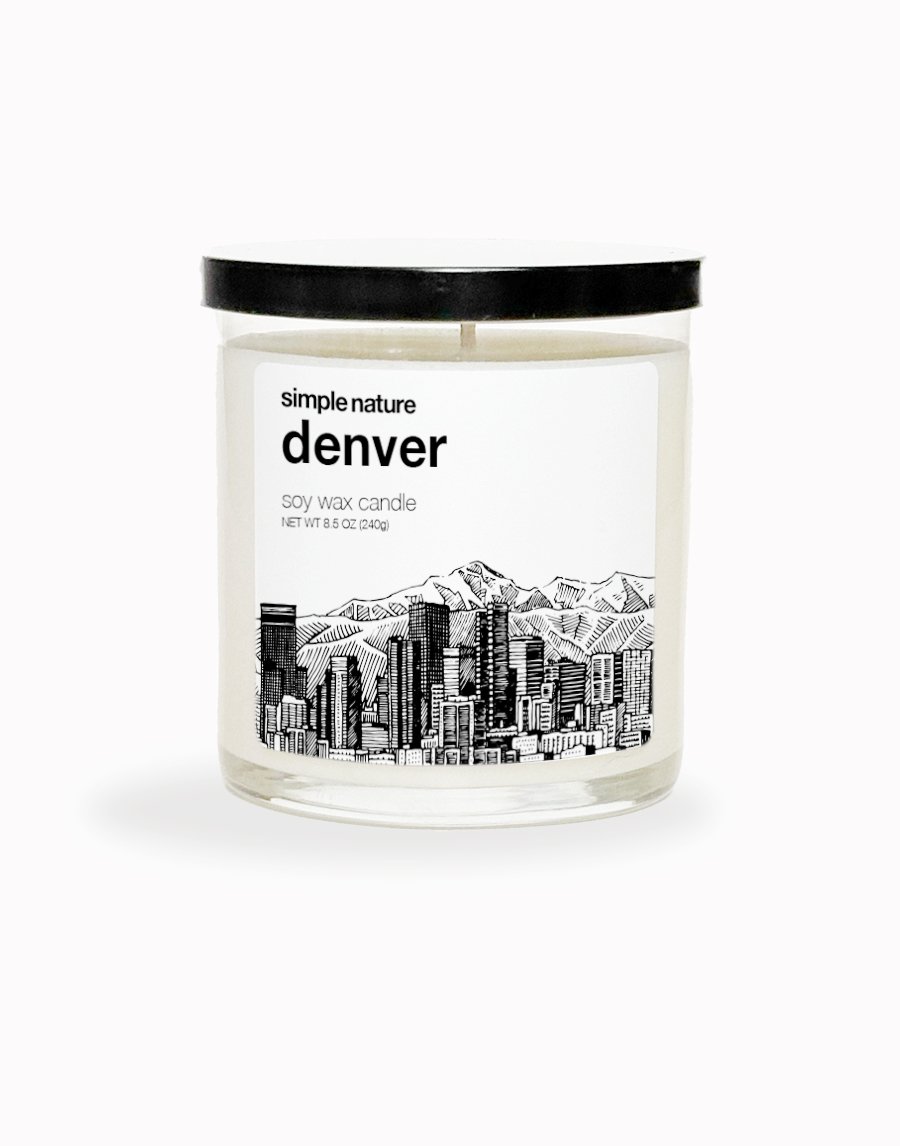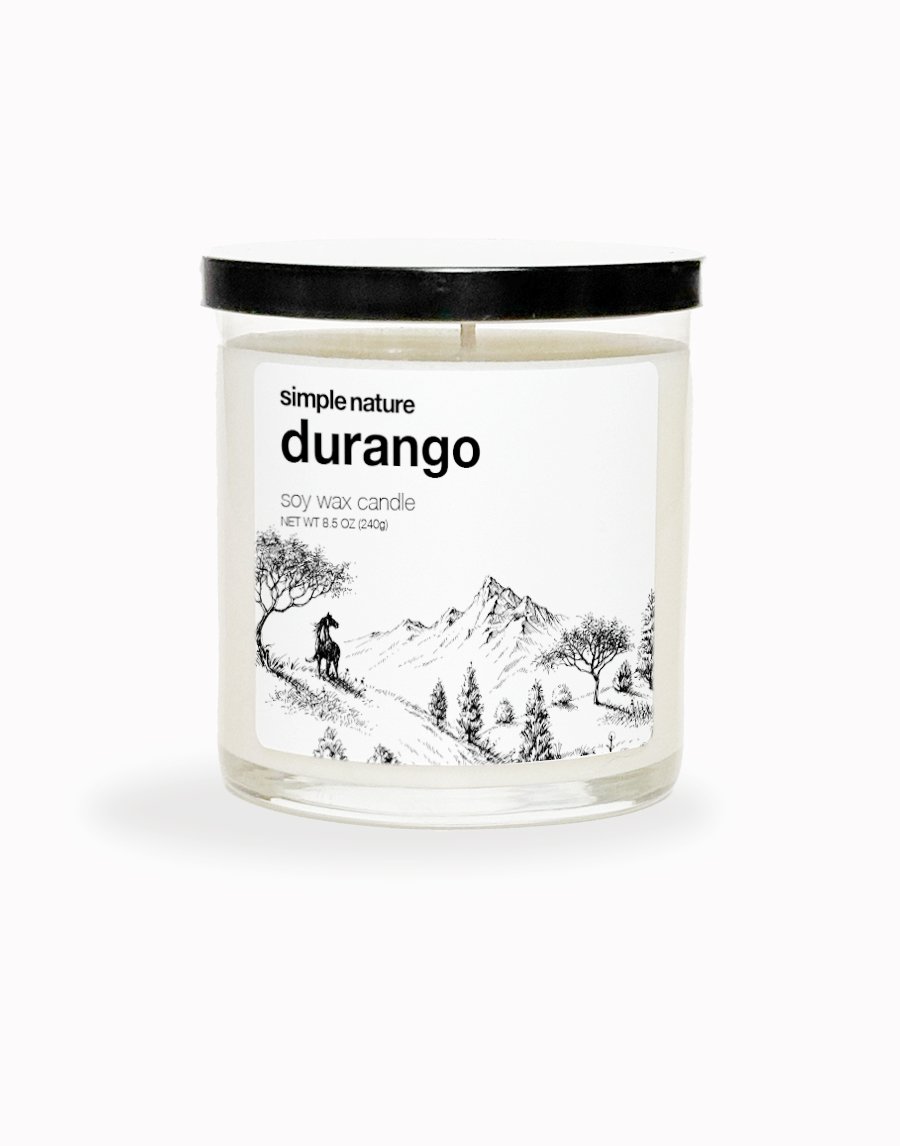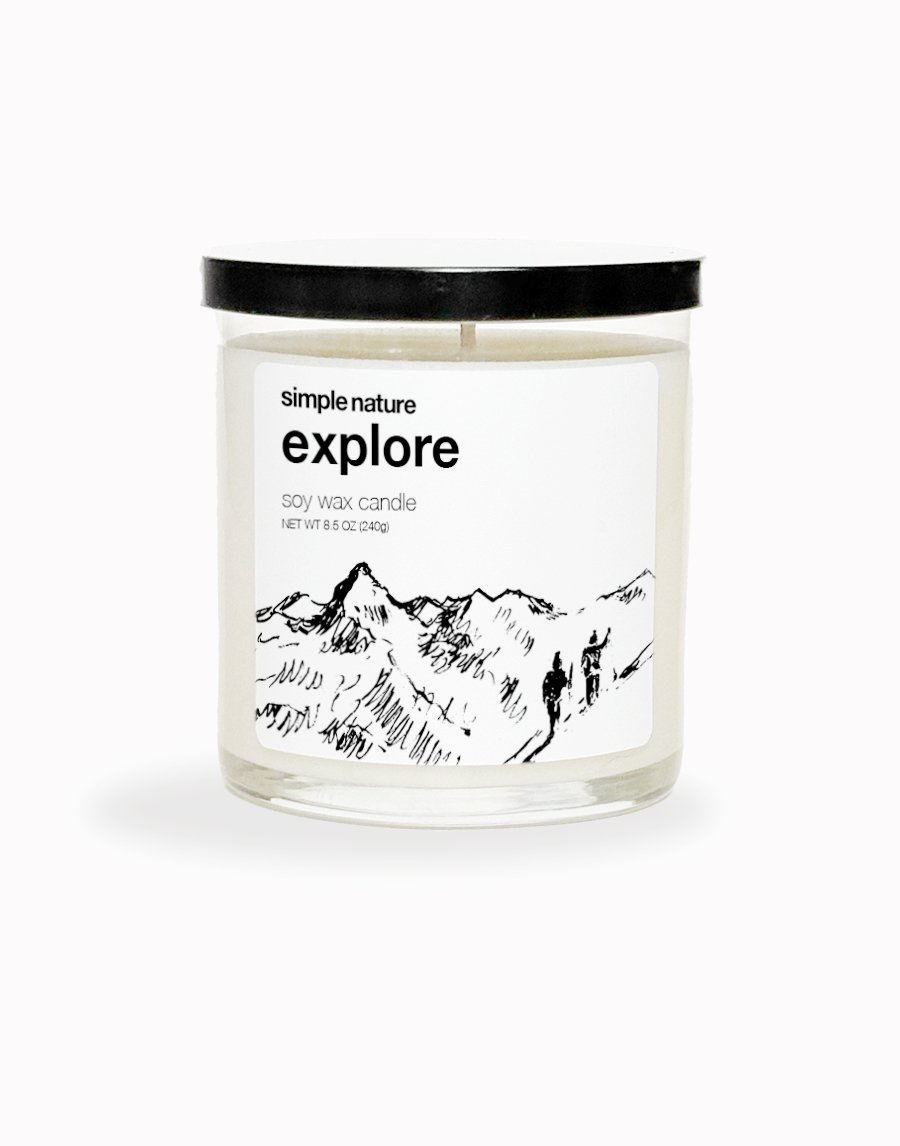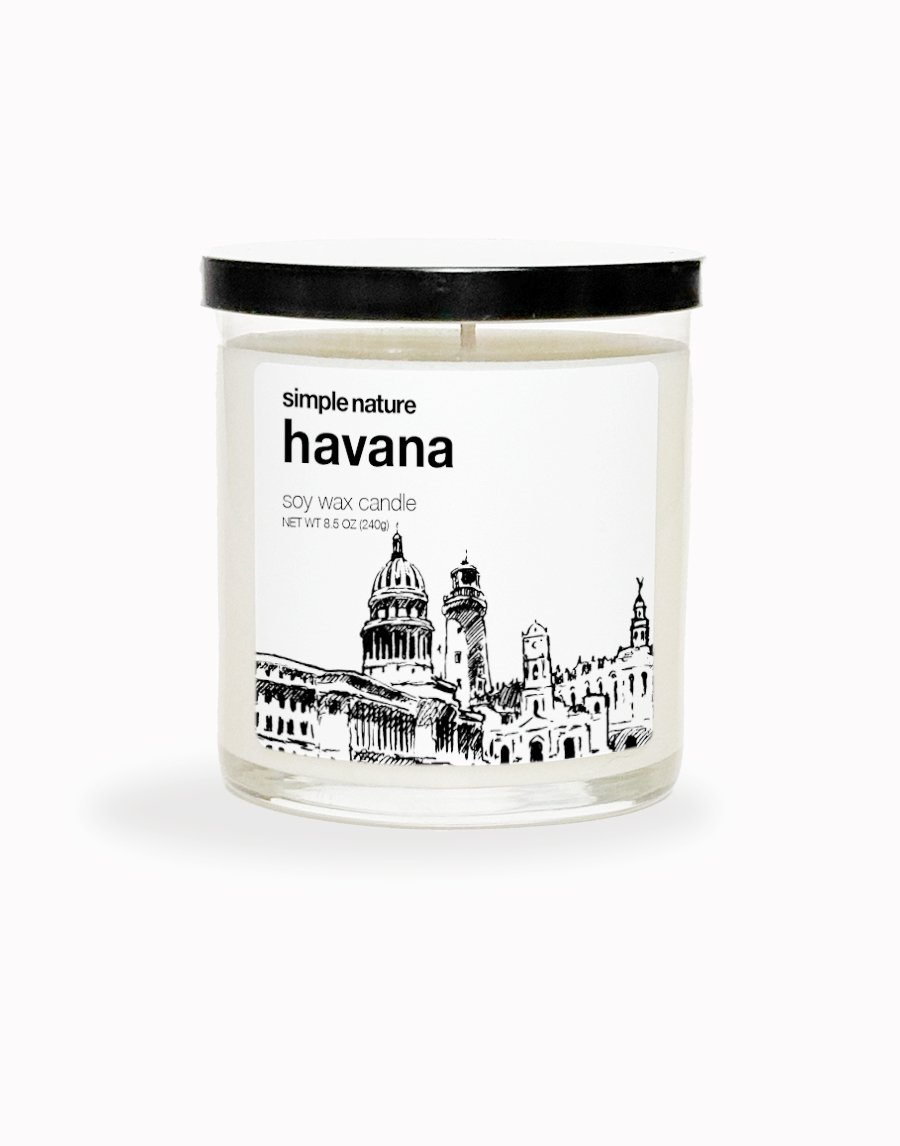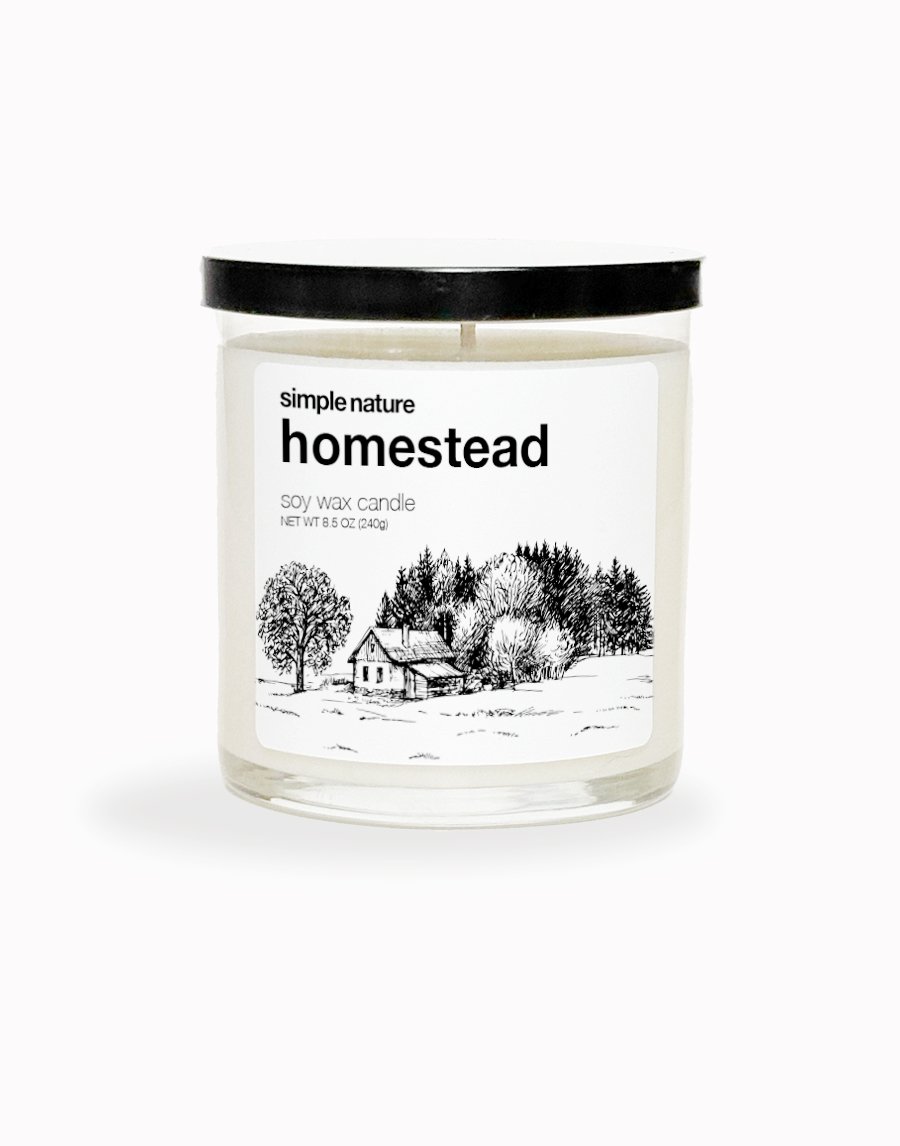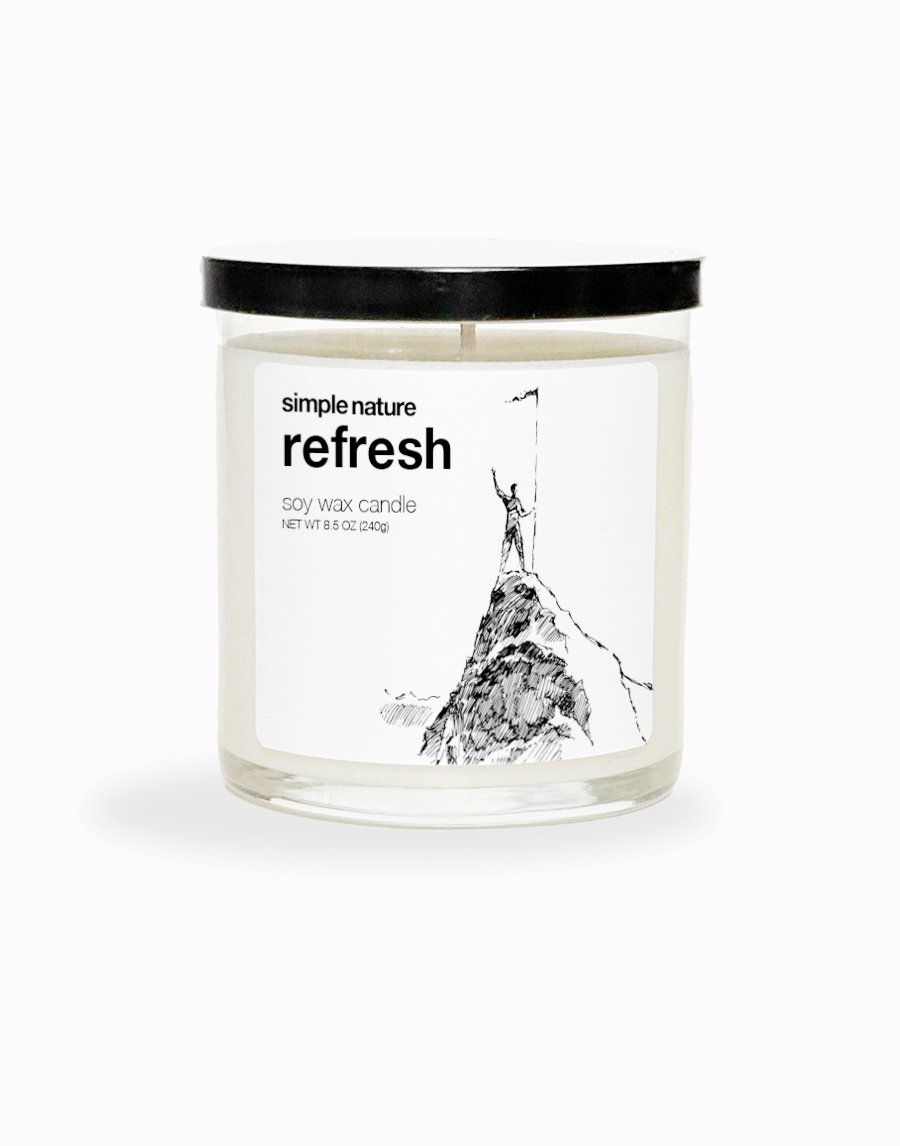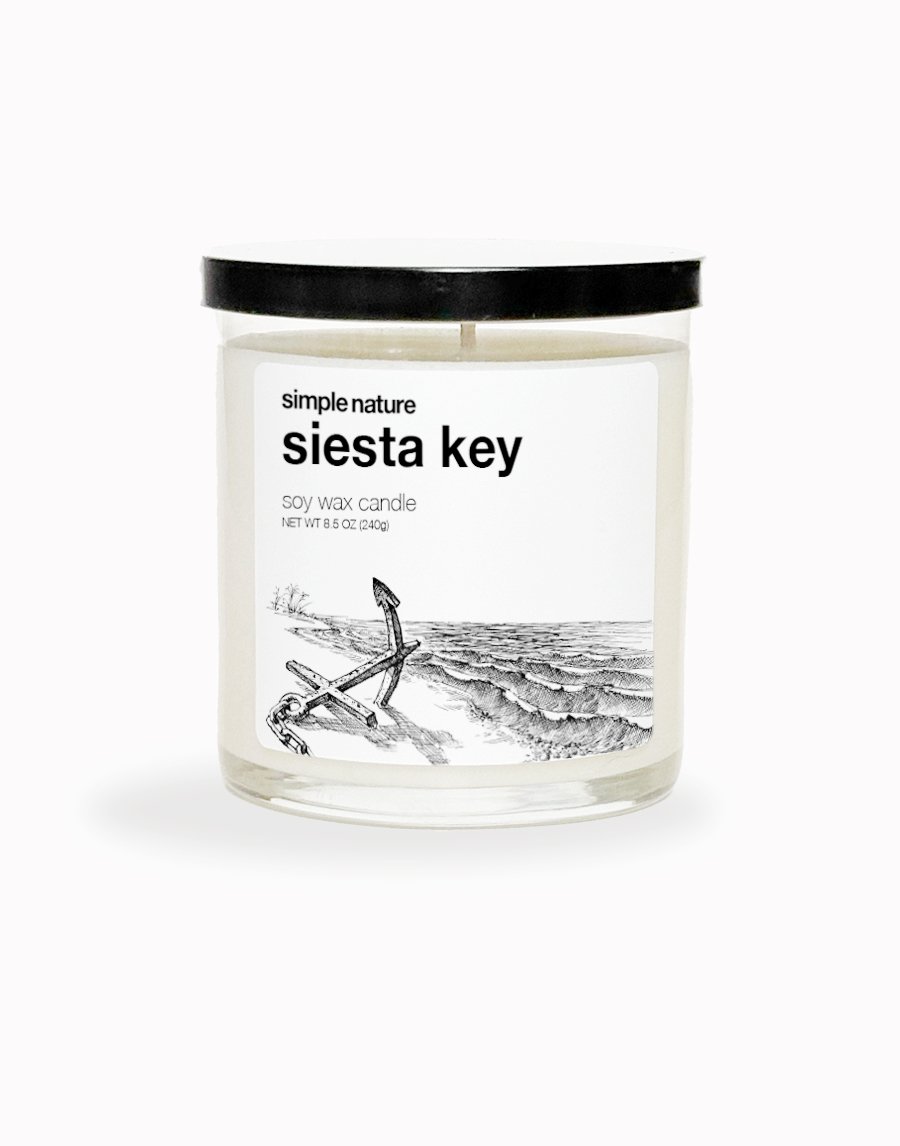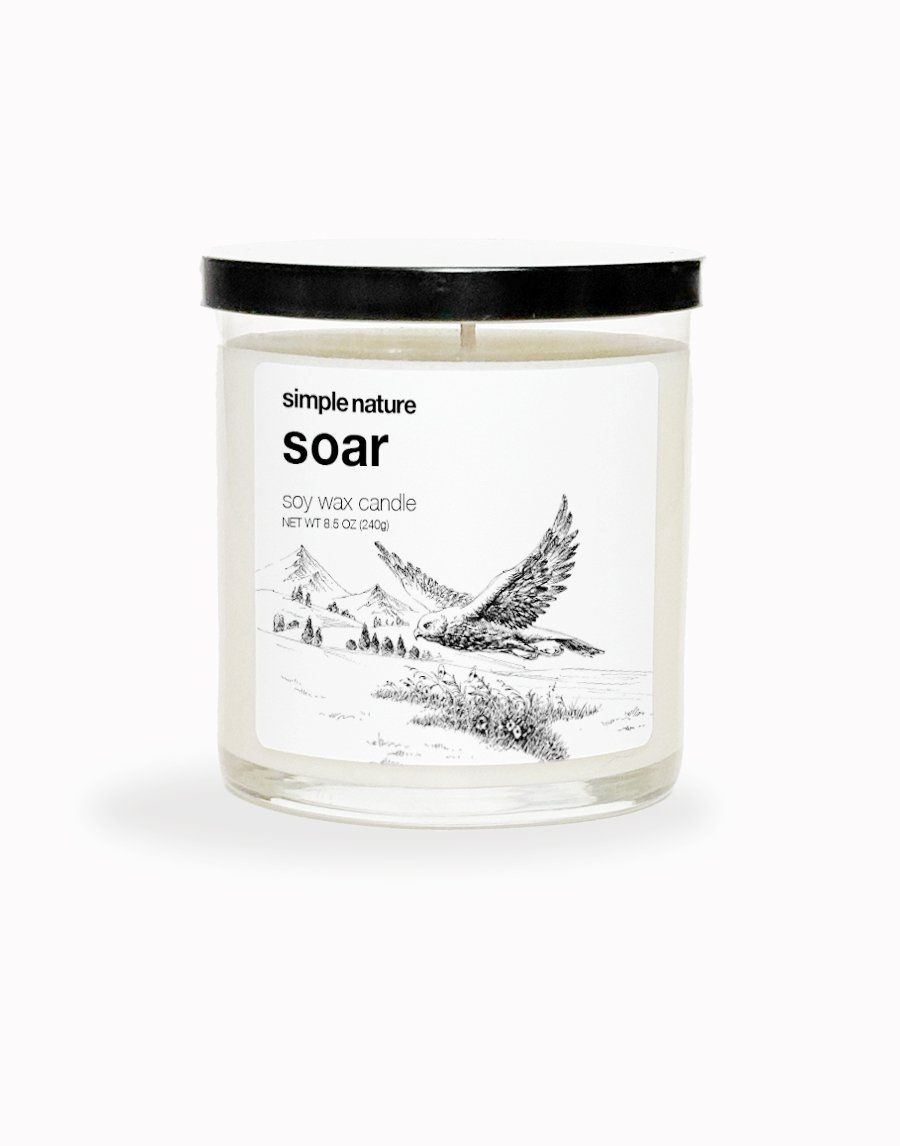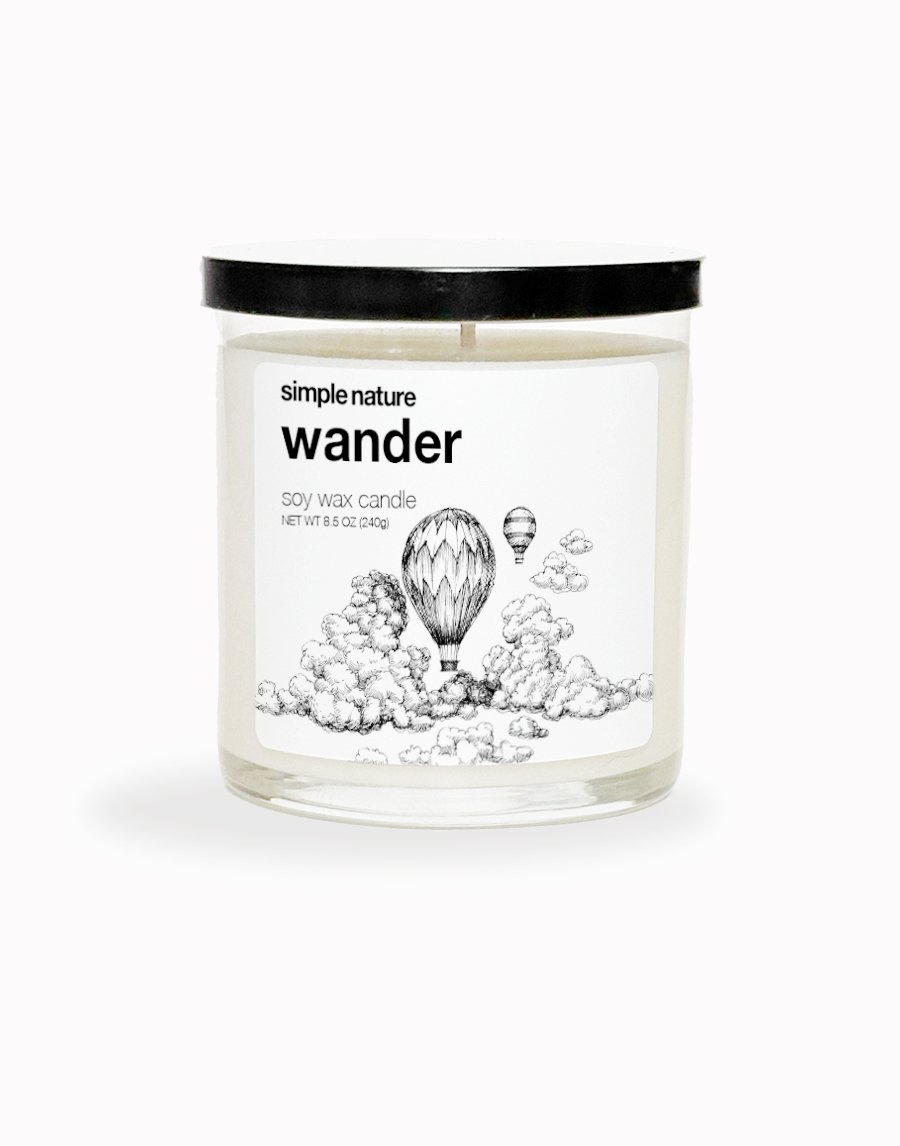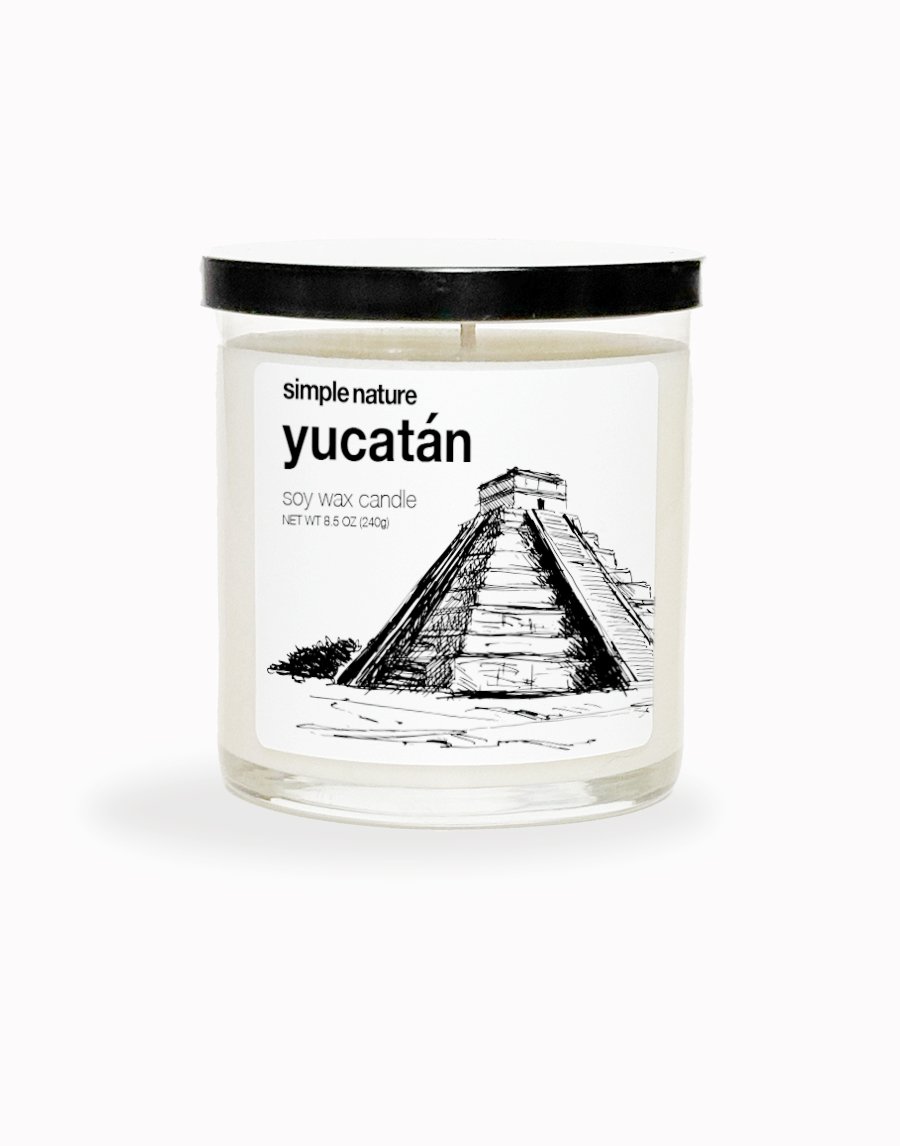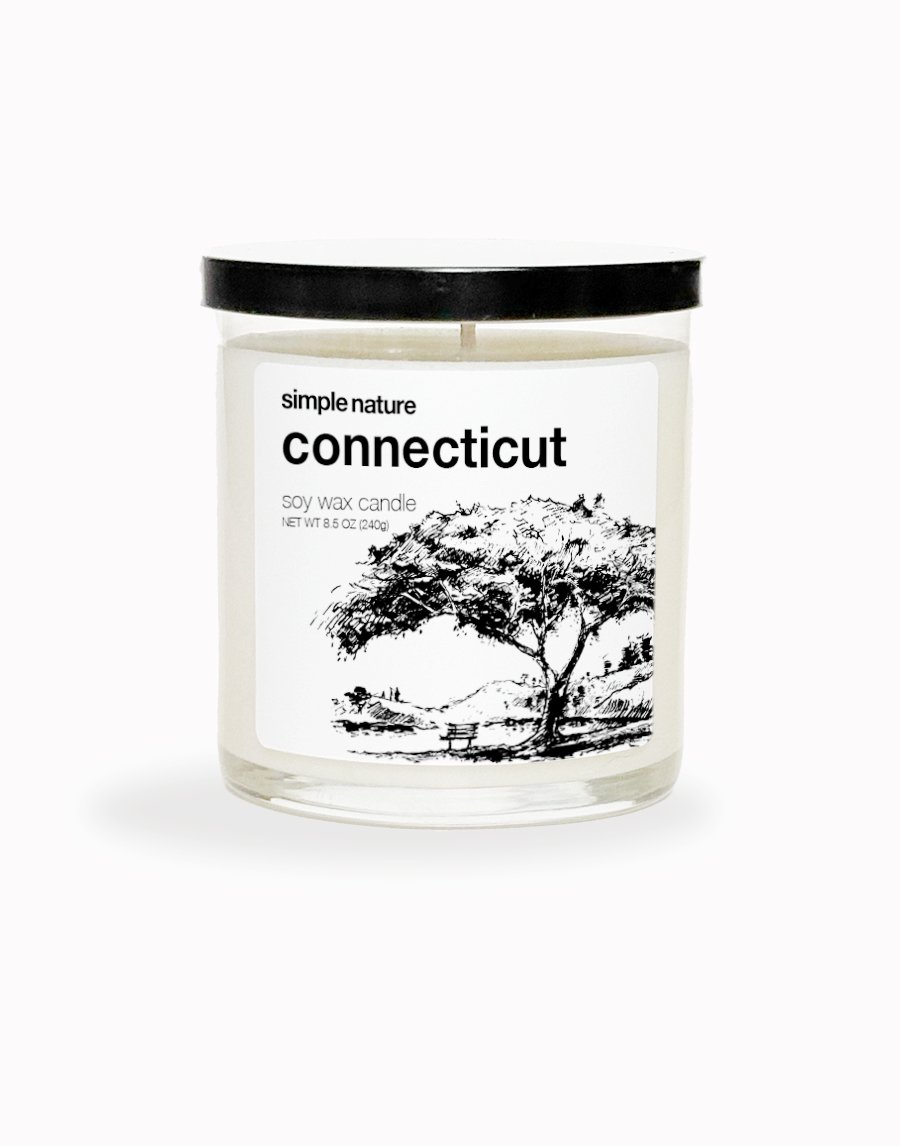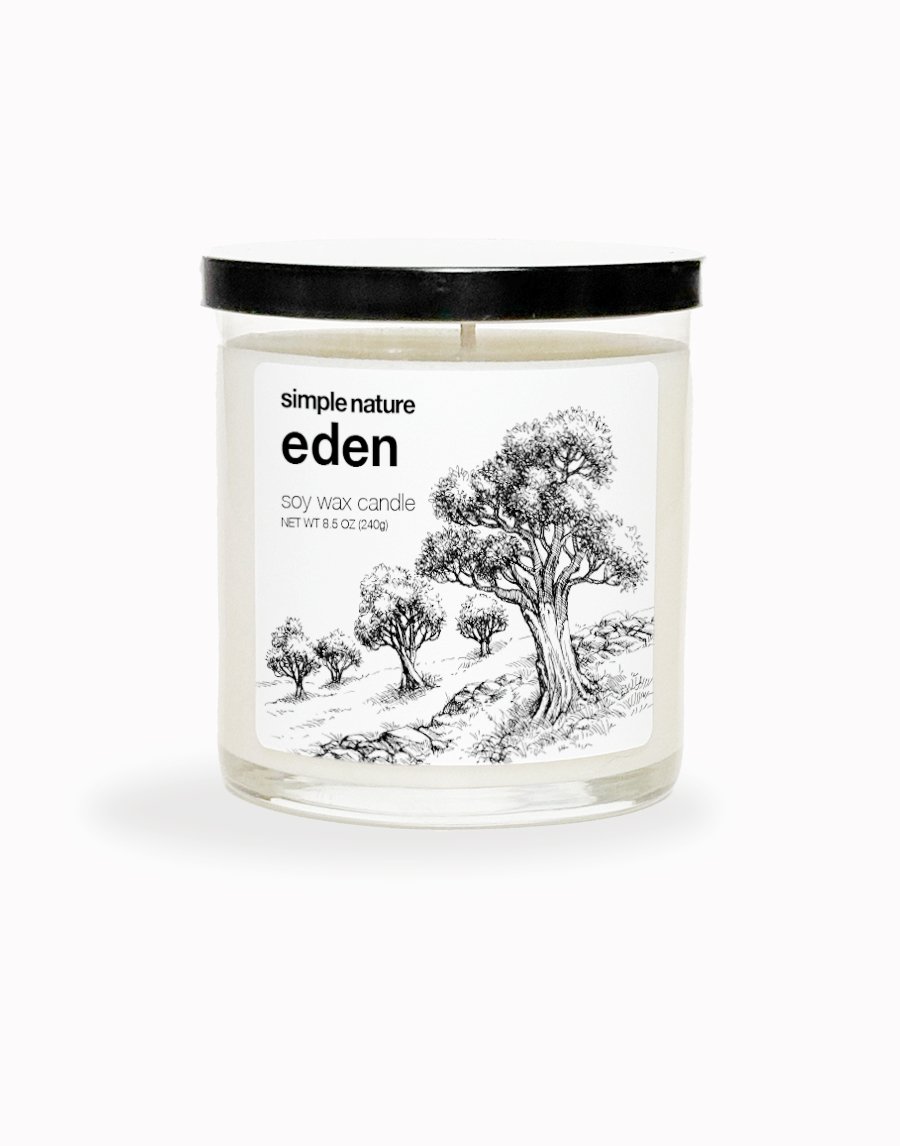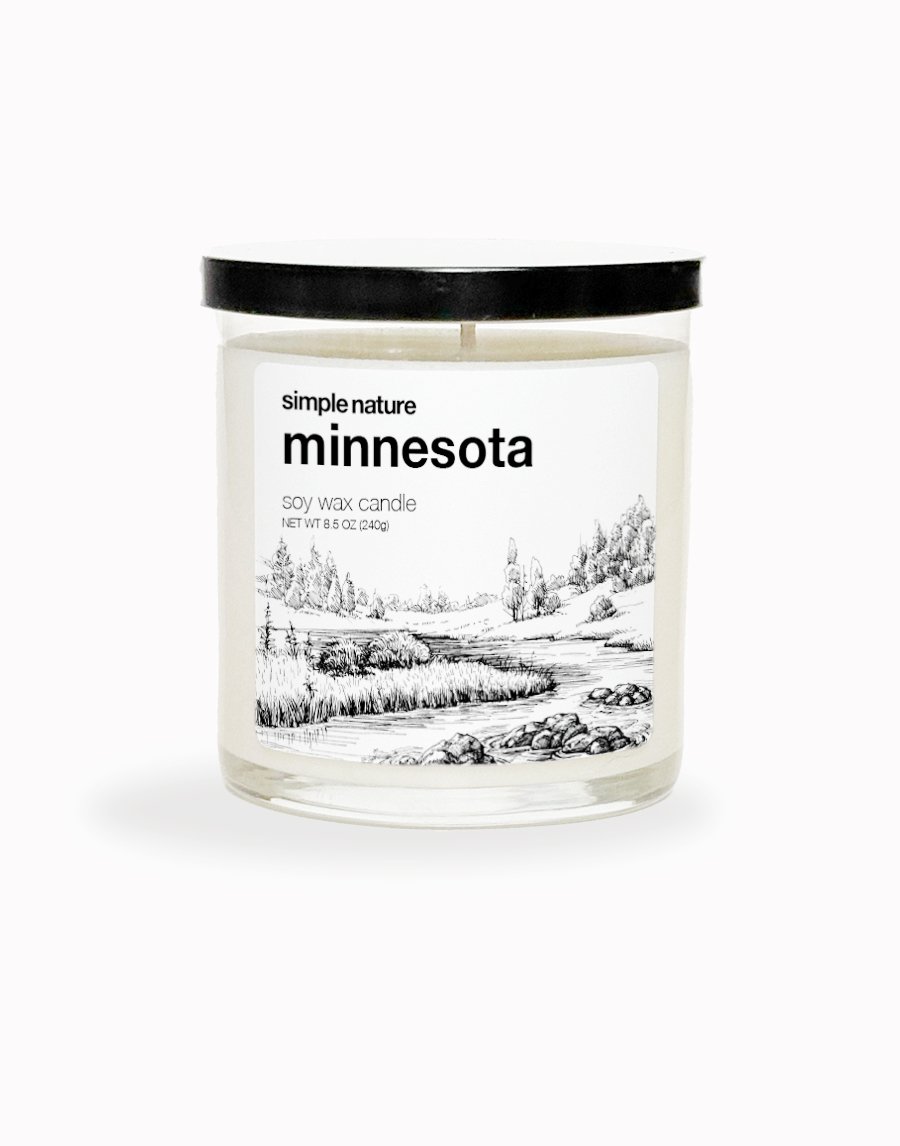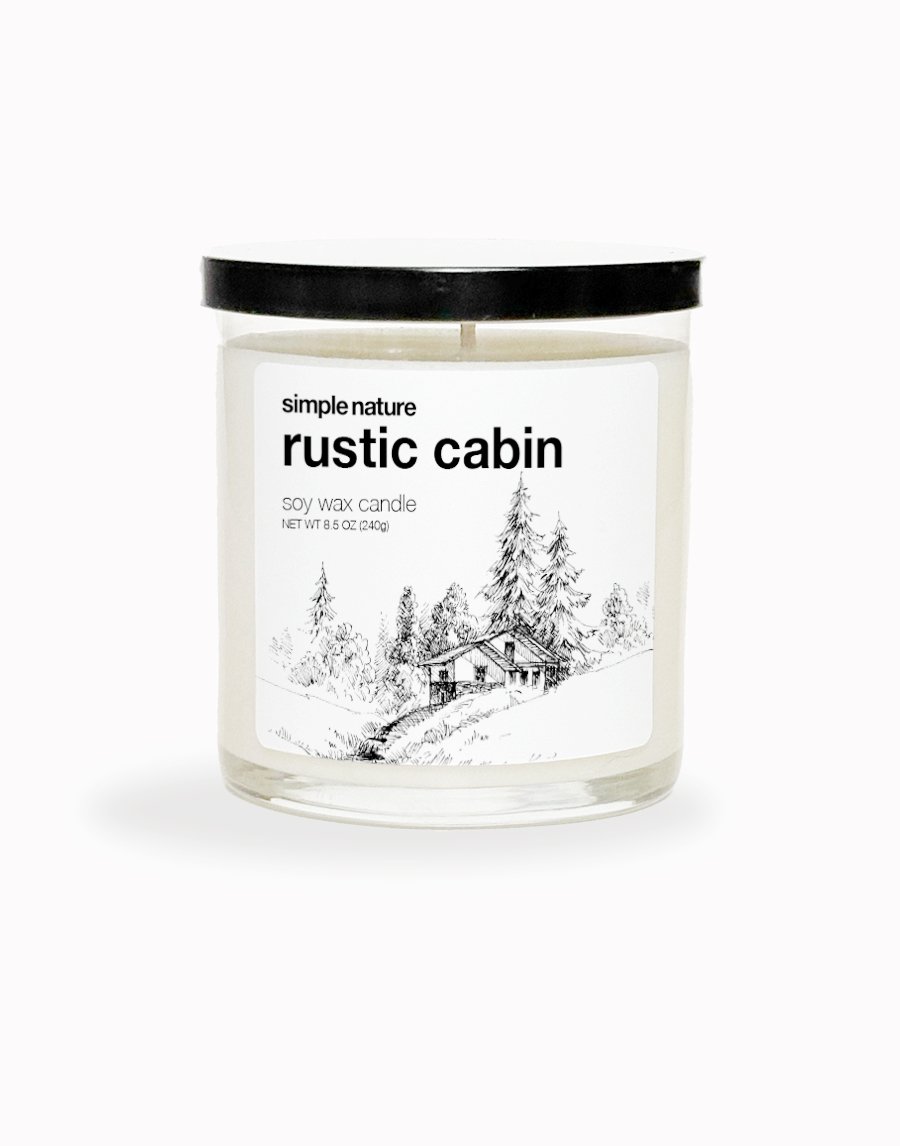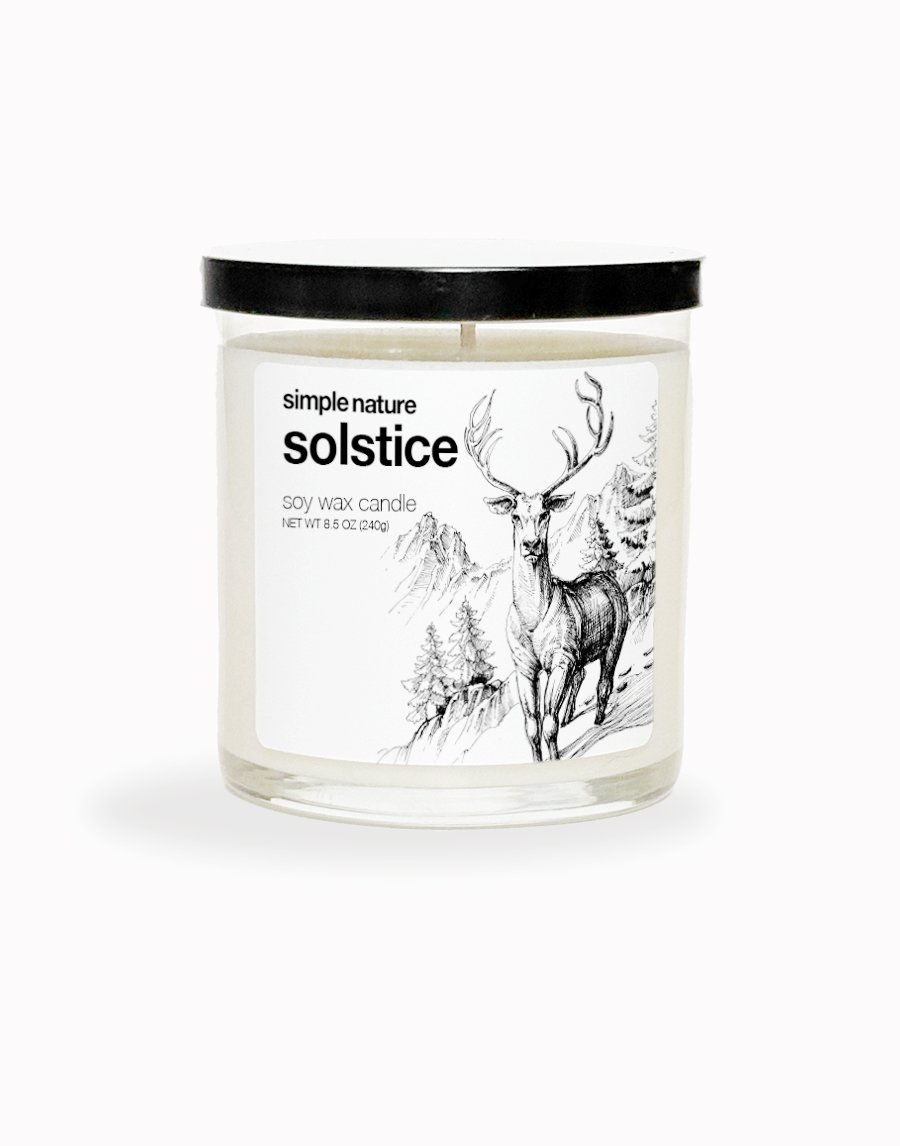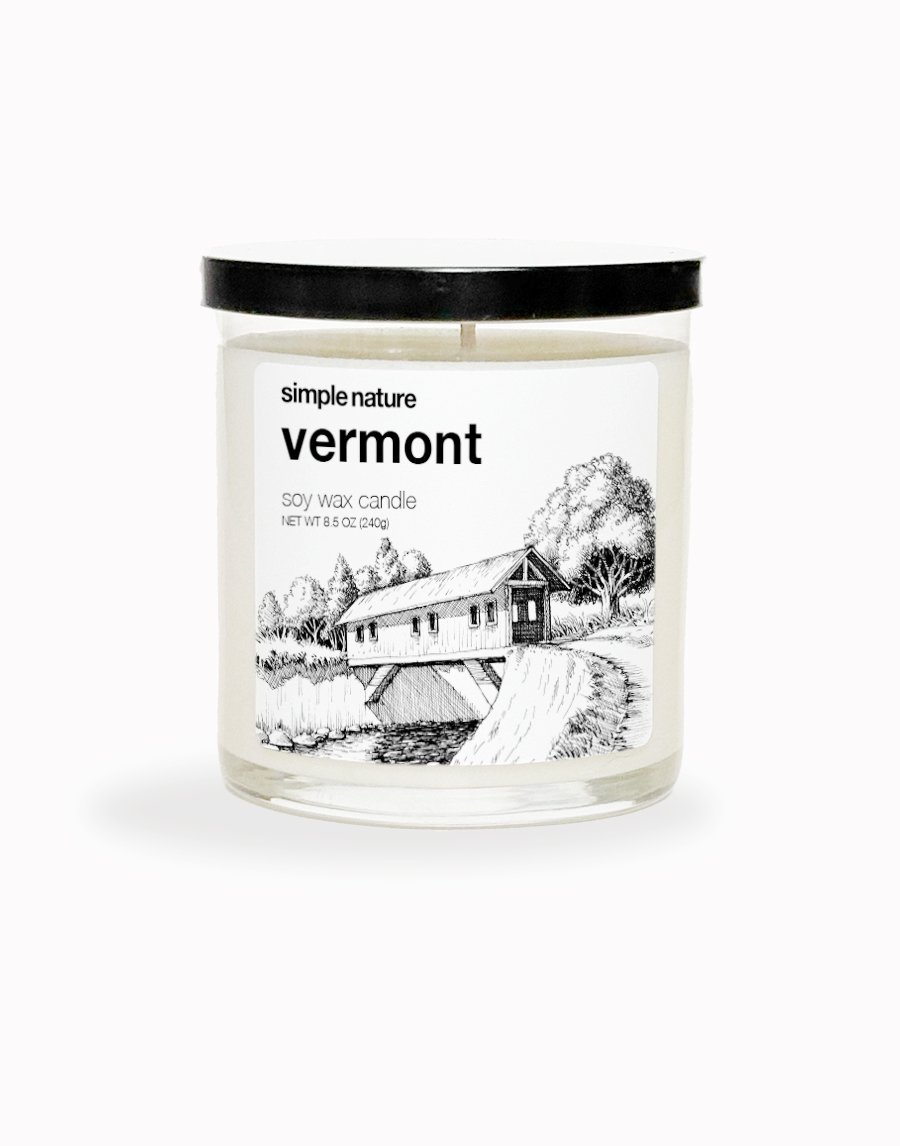
Fragrance Note Glossary
deepen your understanding of scent with our fragrance note glossary. discover the origins, nuances, and profiles of the notes that describe fragrances. get ready to elevate your candle scent game and impress your friends (maybe?) with your newfound knowledge!A

agave
Description:
sweet, earthy, green, fresh, wateryOlfactive Profile:
Agave is a natural alternative to sugar, used to sweeten, and is described to smell sweet, watery and slightly earthy.Facts:
The agave plant is an ancient plant native to the Americas. It's mentioned as a food of the Aztecs and other indigenous peoples of the New World in the Florentine Codex of 1580, and began being exported to the Old World by 1520. Mezcal and tequila are made from agave.Candles with Agave:
SHOP All
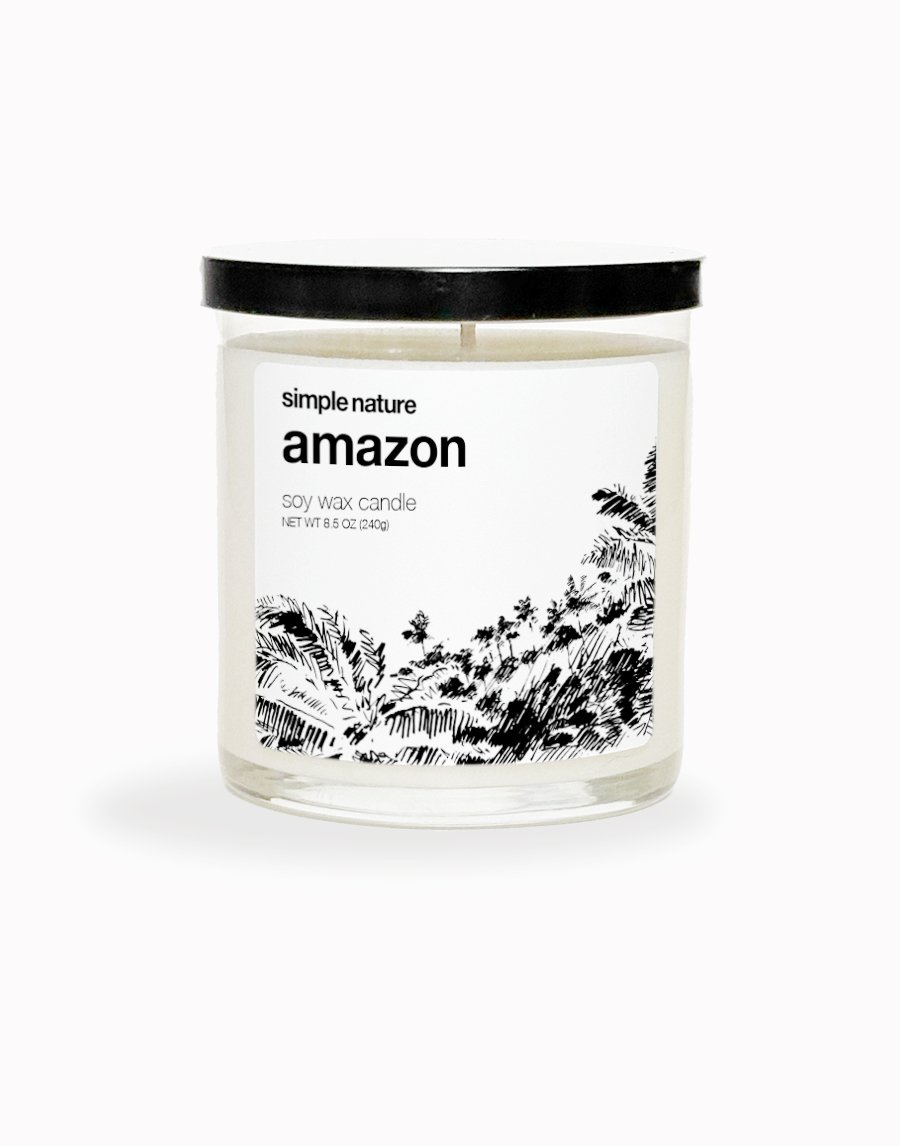
aloe, agave, patchouli, amazon, brazil, south america, green floral, world, floral
aloe, agave, patchouli, amazon, brazil, south america, green floral, world, floral
aloe, agave, patchouli, amazon, brazil, south america, green floral, world, floral
aloe, agave, patchouli, amazon, brazil, south america, green floral, world, floral
aloe, agave, patchouli, amazon, brazil, south america, green floral, world, floral
aloe, agave, patchouli, amazon, brazil, south america, green floral, world, floral

allspice
Description:
sweet, dry, cinnamon, clove, ginger, nutmeg, spicy, warmOlfactive Profile:
Allspice smells of a whirlwind of spices such as cinnamon, cloves, ginger and nutmeg.Facts:
The allspice plant is native to the West Indies and Central America. It is widely used in baking, and is often present in mincemeat and mixed pickling spice. Allspice smells of a melange of different spices like cinnamon, cloves, ginger and nutmeg.Candles with Allspice:
SHOP All
strawberry, cream, amour, love, Sweet
strawberry, cream, amour, love, Sweet
strawberry, cream, amour, love, Sweet
strawberry, cream, amour, love, Sweet
strawberry, cream, amour, love, Sweet
strawberry, cream, amour, love, Sweet
colorado, aspen, pine, red currant, berry, juniper, sage, winter, united states, america
colorado, aspen, pine, red currant, berry, juniper, sage, winter, united states, america
colorado, aspen, pine, red currant, berry, juniper, sage, winter, united states, america
colorado, aspen, pine, red currant, berry, juniper, sage, winter, united states, america
colorado, aspen, pine, red currant, berry, juniper, sage, winter, united states, america
colorado, aspen, pine, red currant, berry, juniper, sage, winter, united states, america
idaho, cypress, spruce, sage, palo santo, usa, united states, america, state, woody, national park, dark musk
idaho, cypress, spruce, sage, palo santo, usa, united states, america, state, woody, national park, dark musk
idaho, cypress, spruce, sage, palo santo, usa, united states, america, state, woody, national park, dark musk
idaho, cypress, spruce, sage, palo santo, usa, united states, america, state, woody, national park, dark musk
idaho, cypress, spruce, sage, palo santo, usa, united states, america, state, woody, national park, dark musk
idaho, cypress, spruce, sage, palo santo, usa, united states, america, state, woody, national park, dark musk

almond
Description:
gourmand, fruity, nutty, sweet, salty, succulent, creamyOlfactive Profile:
A gourmand bitter-sweet note, soft and nutty.Facts:
The almond is a species of tree native to the Middle East and South Asia. "Almond" is also the name of the edible and widely cultivated seed of this tree. The fruit of the almond is not a true nut, but rather, a drupe--a type of fruit with a thin skin and a central stone that contains the seed.Candles with Almond:
SHOP All

Aloe
Description:
fresh, green, light, watery, subtle, succulent, transparentOlfactive Profile:
Aloe has a subtle, light and watery scent. It is refreshing and adds brightness as well as green facets to a fragrance.Facts:
Aloe was known as the "plant of immortality" to the ancient Egyptians since it can grow and thrive in desolate conditions. It was often used as a burial gift, interred with pharaohs in their tombs.Candles with Aloe:
SHOP All

amaretto
Description:
gourmand, almond, liquorice, creamy, sweet, nuttyOlfactive Profile:
A blend of creamy almonds with hints of booze. Amaretto offers a gourmand and intoxicating elixir enhanced by pistachio and nutty tones.Facts:
Amaretto (Italian for "a little bitter") is a sweet, almond-flavored liqueur first created in Saronno, Italy. Amaretto can be drunk as-is as a cordial or can be added to coffee or other beverages to make popular drinks. In fragrance, amaretto notes add a nutty sweetness with hints of licorice.Candles with Amaretto:
SHOP All

AMBER
Description:
warm, sensual, exotic, musky, soft, slightly sweet, slightly spicy, amberOlfactive Profile:
Amber is associated with sweet, spicy, and aromatic notes that are evocative of exotic places, opulent jewelry, and warm memories. It's warmth and subtle sweetness evoke a sense of comfort and indulgence to perfectly match the mood of fall and winter.Facts:
Amber is made from fossilized tree resin. Remember the mosquito in Jurassic Park? Used throughout human history for jewelry, medicine, and more, the actual scent we now refer to as "amber" is more of an emulation of the rich, golden appearance of amber as the resin itself has little or no aroma.Candles with amber:
SHOP All
oakmoss, amber, queen city, cincy, cincinnati, ohio, usa, america, state, united states
oakmoss, amber, queen city, cincy, cincinnati, ohio, usa, america, state, united states
oakmoss, amber, queen city, cincy, cincinnati, ohio, usa, america, state, united states
oakmoss, amber, queen city, cincy, cincinnati, ohio, usa, america, state, united states
oakmoss, amber, queen city, cincy, cincinnati, ohio, usa, america, state, united states
oakmoss, amber, queen city, cincy, cincinnati, ohio, usa, america, state, united states
cedar, leather, sandalwood, patchouli, musk, oakmoss, amber, oklahoma, oklahoma city, essential oils, sage, orange, tulsa, norman, united states, america, state
cedar, leather, sandalwood, patchouli, musk, oakmoss, amber, oklahoma, oklahoma city, essential oils, sage, orange, tulsa, norman, united states, america, state
cedar, leather, sandalwood, patchouli, musk, oakmoss, amber, oklahoma, oklahoma city, essential oils, sage, orange, tulsa, norman, united states, america, state
cedar, leather, sandalwood, patchouli, musk, oakmoss, amber, oklahoma, oklahoma city, essential oils, sage, orange, tulsa, norman, united states, america, state
cedar, leather, sandalwood, patchouli, musk, oakmoss, amber, oklahoma, oklahoma city, essential oils, sage, orange, tulsa, norman, united states, america, state
cedar, leather, sandalwood, patchouli, musk, oakmoss, amber, oklahoma, oklahoma city, essential oils, sage, orange, tulsa, norman, united states, america, state
amber, plum, fir, summit, essential oils, masculine, smooth, simple, subtle, reflection
amber, plum, fir, summit, essential oils, masculine, smooth, simple, subtle, reflection
amber, plum, fir, summit, essential oils, masculine, smooth, simple, subtle, reflection
amber, plum, fir, summit, essential oils, masculine, smooth, simple, subtle, reflection
amber, plum, fir, summit, essential oils, masculine, smooth, simple, subtle, reflection
amber, plum, fir, summit, essential oils, masculine, smooth, simple, subtle, reflection
refresh, fresh, vibrant, amber, plum, fir, peppermint, eucalyptus, essential oils, fall, winter
refresh, fresh, vibrant, amber, plum, fir, peppermint, eucalyptus, essential oils, fall, winter
refresh, fresh, vibrant, amber, plum, fir, peppermint, eucalyptus, essential oils, fall, winter
refresh, fresh, vibrant, amber, plum, fir, peppermint, eucalyptus, essential oils, fall, winter
refresh, fresh, vibrant, amber, plum, fir, peppermint, eucalyptus, essential oils, fall, winter
refresh, fresh, vibrant, amber, plum, fir, peppermint, eucalyptus, essential oils, fall, winter
summer, spring, soa, soar, cantaloupe, lime, bamboo, amber, moss, essential oils, green leaves, fresh, vibrant, fun
summer, spring, soa, soar, cantaloupe, lime, bamboo, amber, moss, essential oils, green leaves, fresh, vibrant, fun
summer, spring, soa, soar, cantaloupe, lime, bamboo, amber, moss, essential oils, green leaves, fresh, vibrant, fun
summer, spring, soa, soar, cantaloupe, lime, bamboo, amber, moss, essential oils, green leaves, fresh, vibrant, fun
summer, spring, soa, soar, cantaloupe, lime, bamboo, amber, moss, essential oils, green leaves, fresh, vibrant, fun
summer, spring, soa, soar, cantaloupe, lime, bamboo, amber, moss, essential oils, green leaves, fresh, vibrant, fun

amyirs
Description:
woody, balsamic, spicy, leatheryOlfactive Profile:
Amyris is used in woody and spicy accords to give a warm woody note. Interesting for its reminiscent sandalwood undertone.Facts:
Amyris is distilled from a small bushy tropical evergreen tree, Amyris balsamifera, indigenous to Haiti. It also grows wild in the Bahoruco Forest of the Dominican Republic.Candles with Amyris: None

anise
Description:
sweet, soft, licorice, mildOlfactive Profile:
The scent of aniseed, rich in anethol, reminiscent of licorice. It belongs to the same family of scents as tarragon and fennel (also rich in anethol). With its sweet taste and unique aroma, anise is instantly recognizable in fragrances. Anise is described as having a sweet, soft, mild, and yet extremely powerful scent.Facts:
Star anise is the seed pod from the fruit of an evergreen shrub native to Southwest China. It is commonly grown in China, Southeast Asia, and Japan and is harvested by hand. It is widely used in cuisines across the world and is an essential ingredient in Vietnamese pho and Indian masala chai.Candles with Anise:
SHOP All

apple
Description:
fruity, apple, juicy, sweetOlfactive Profile:
Apple is reminiscent of the fruit in all its naturalness, freshly picked in a garden. A lively shot of energy brings vivid freshness and round sweetness.Facts:
Apple is one of the most consumed fruits in the world. Malus Sieversii, a wild apple native to the mountains of Central Asia, has recently been shown to be the sole ancestor of most species of the domesticated apple, malus domestica.Candles with Apple:
SHOP All
cozy, night, autumn, christmas, orange peel, apple, cinnamon, vanilla, clove, peppercorn
cozy, night, autumn, christmas, orange peel, apple, cinnamon, vanilla, clove, peppercorn
cozy, night, autumn, christmas, orange peel, apple, cinnamon, vanilla, clove, peppercorn
cozy, night, autumn, christmas, orange peel, apple, cinnamon, vanilla, clove, peppercorn
cozy, night, autumn, christmas, orange peel, apple, cinnamon, vanilla, clove, peppercorn
cozy, night, autumn, christmas, orange peel, apple, cinnamon, vanilla, clove, peppercorn
essential oils, fir, patchouli, mint, honey, crisp, apple, cypress, woody, woods, minnesota, true north, Saint Paul, duluth, Woodbury, plymouth, Rochester, Minneapolis, america, united states, state, usa
essential oils, fir, patchouli, mint, honey, crisp, apple, cypress, woody, woods, minnesota, true north, Saint Paul, duluth, Woodbury, plymouth, Rochester, Minneapolis, america, united states, state, usa
essential oils, fir, patchouli, mint, honey, crisp, apple, cypress, woody, woods, minnesota, true north, Saint Paul, duluth, Woodbury, plymouth, Rochester, Minneapolis, america, united states, state, usa
essential oils, fir, patchouli, mint, honey, crisp, apple, cypress, woody, woods, minnesota, true north, Saint Paul, duluth, Woodbury, plymouth, Rochester, Minneapolis, america, united states, state, usa
essential oils, fir, patchouli, mint, honey, crisp, apple, cypress, woody, woods, minnesota, true north, Saint Paul, duluth, Woodbury, plymouth, Rochester, Minneapolis, america, united states, state, usa
essential oils, fir, patchouli, mint, honey, crisp, apple, cypress, woody, woods, minnesota, true north, Saint Paul, duluth, Woodbury, plymouth, Rochester, Minneapolis, america, united states, state, usa

apple blossom
Description:
floral, fresh, sweet, fruity, soft, appleOlfactive Profile:
Apple blossom is floral, fresh, and slightly sweet. This soft scent has a hint of crisp fruitiness and is reminiscent of a freshly picked apple. Facts:
Apple blossom blooms are one of the first signs of springtime, so they're often associated with springtime and new beginnings.Candles with Apple Blossom: None

apple cider
Description:
fruity, juicy, sweet, spicyOlfactive Profile:
The scent of warm apples with touches of brown sugar and spice.Facts:
Apple cider is unfiltered and unsweetened apple juice. Traditionally, it is served throughout the fall and winter holidays. Apple cider is the official state beverage of New Hampshire.Candles with Apple Cider:
SHOP All

apricot
Description:
fruity, apricot, sweet, lactonic, floral, velvety, softOlfactive Profile:
A delicious blend between the velvet texture and the natural juiciness of the fruit. Apricot is a joyful aroma that is creamy, fruity, and luscious.Facts:
Apricots were domesticated over 4000 years ago and were brought to Europe by Alexander the Great. In the 16th century, apricots were regarded as having aphrodisiac qualities, and the fruit is featured in a line spoken by Titania as she tries to woo Bottom in A Midsummer Night's Dream.Candles with Apricot: None

